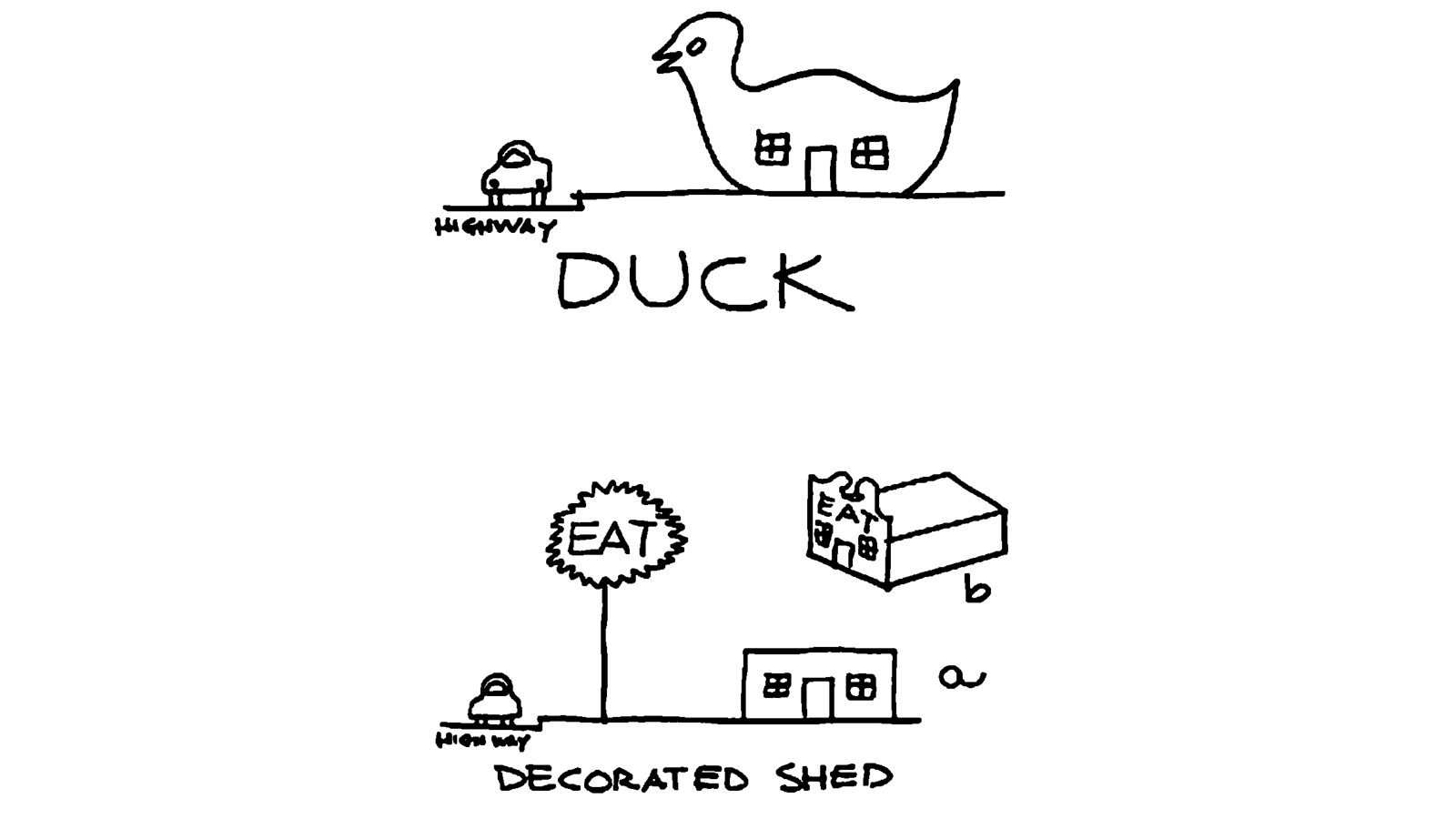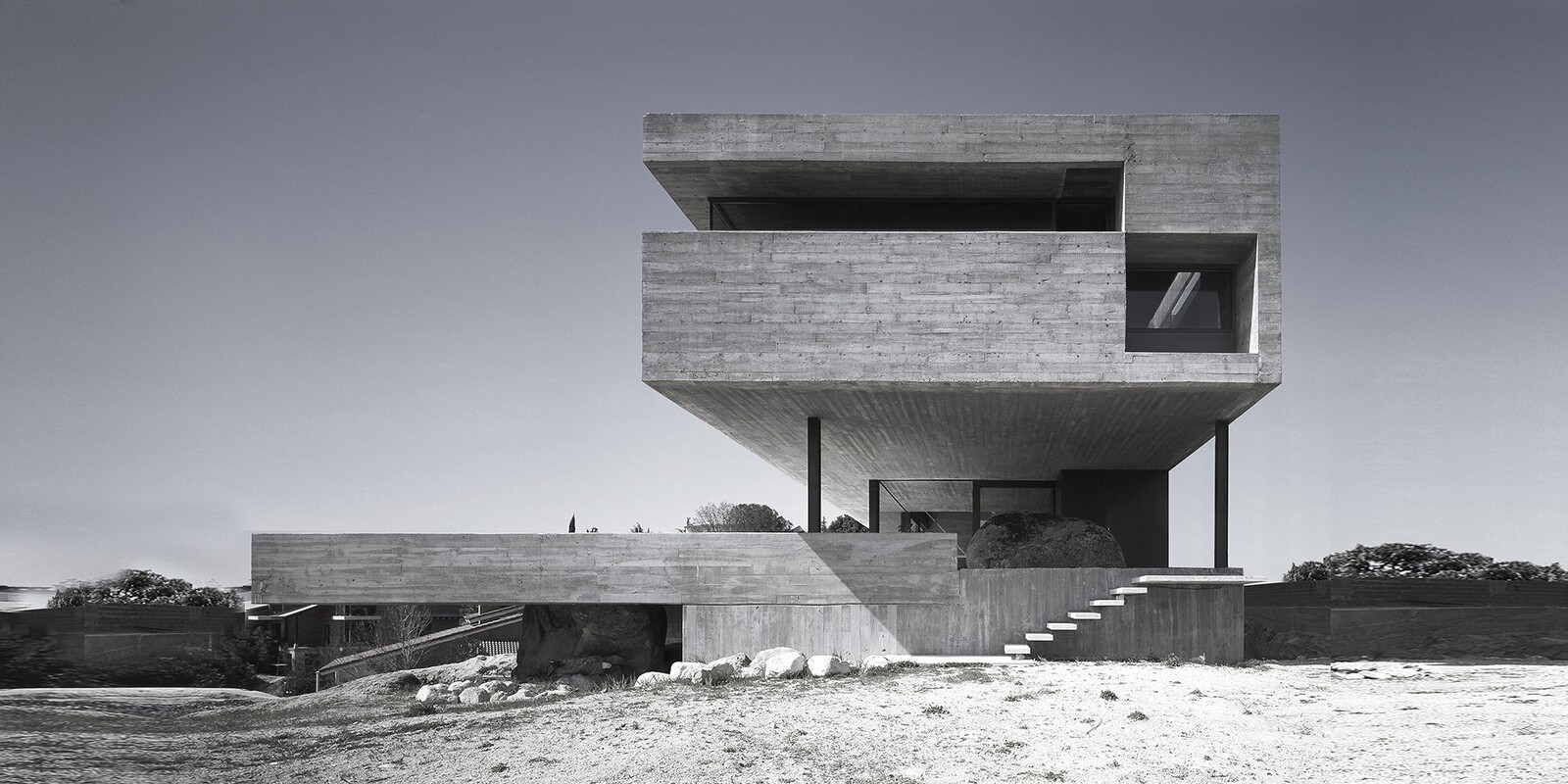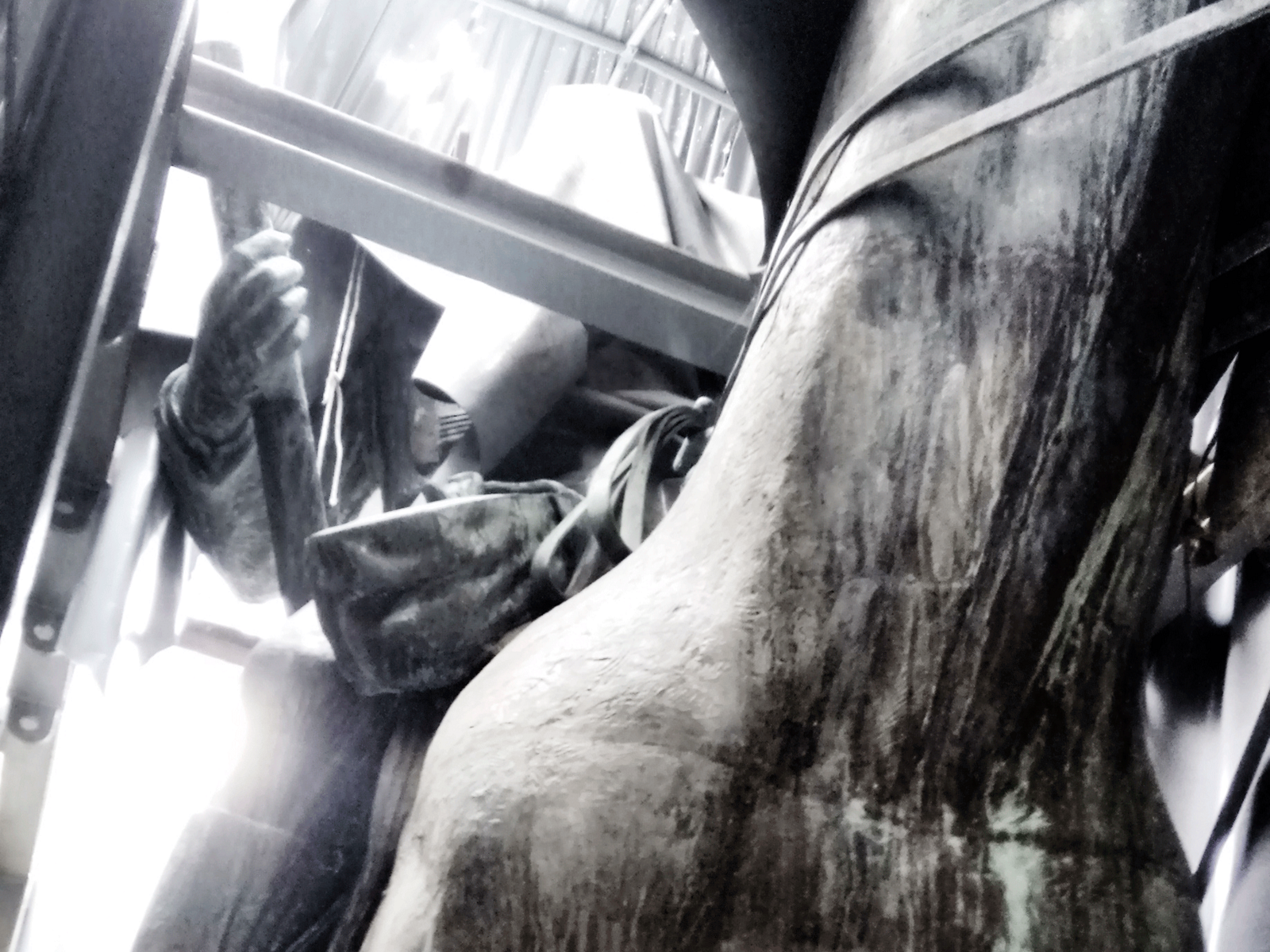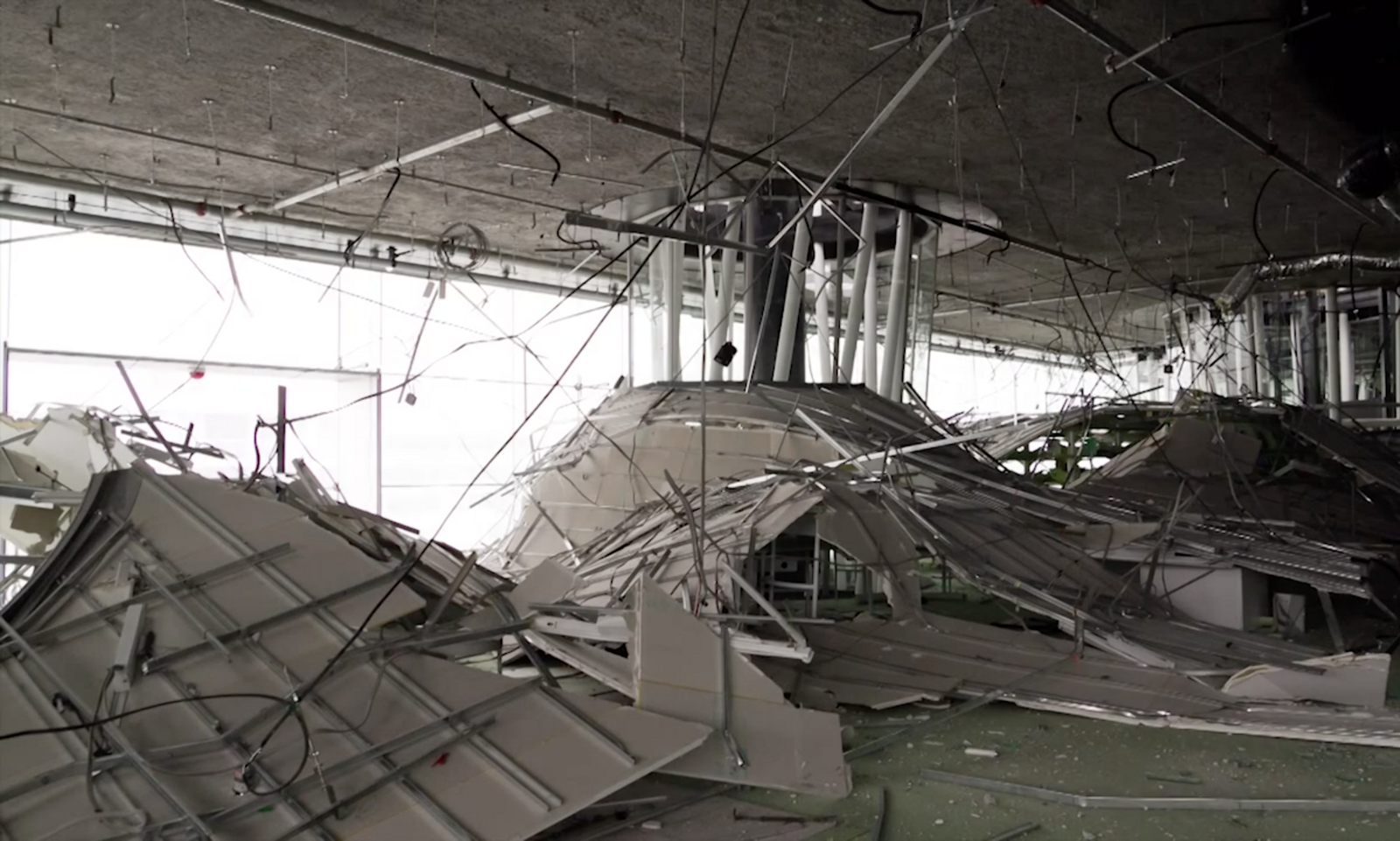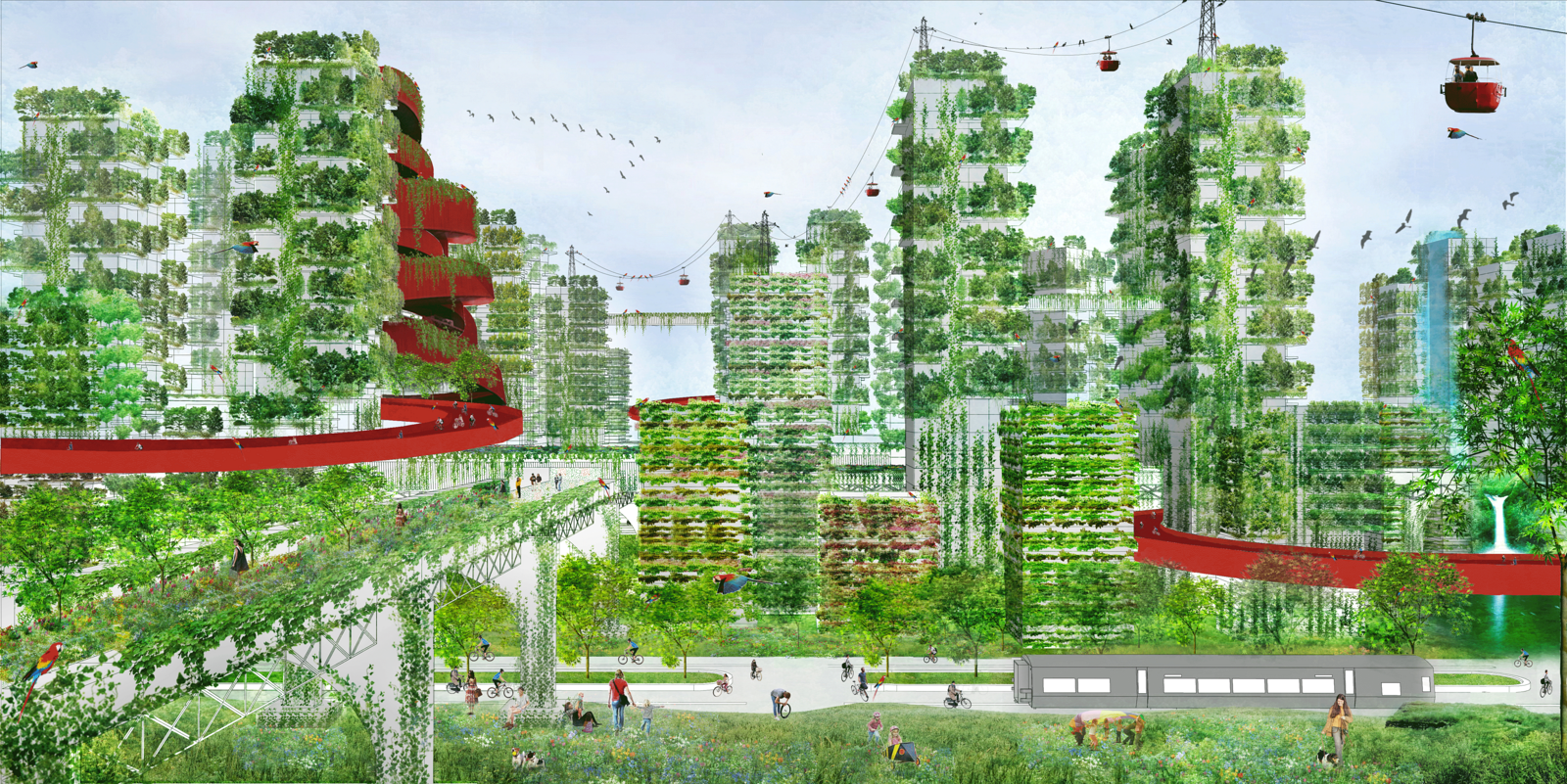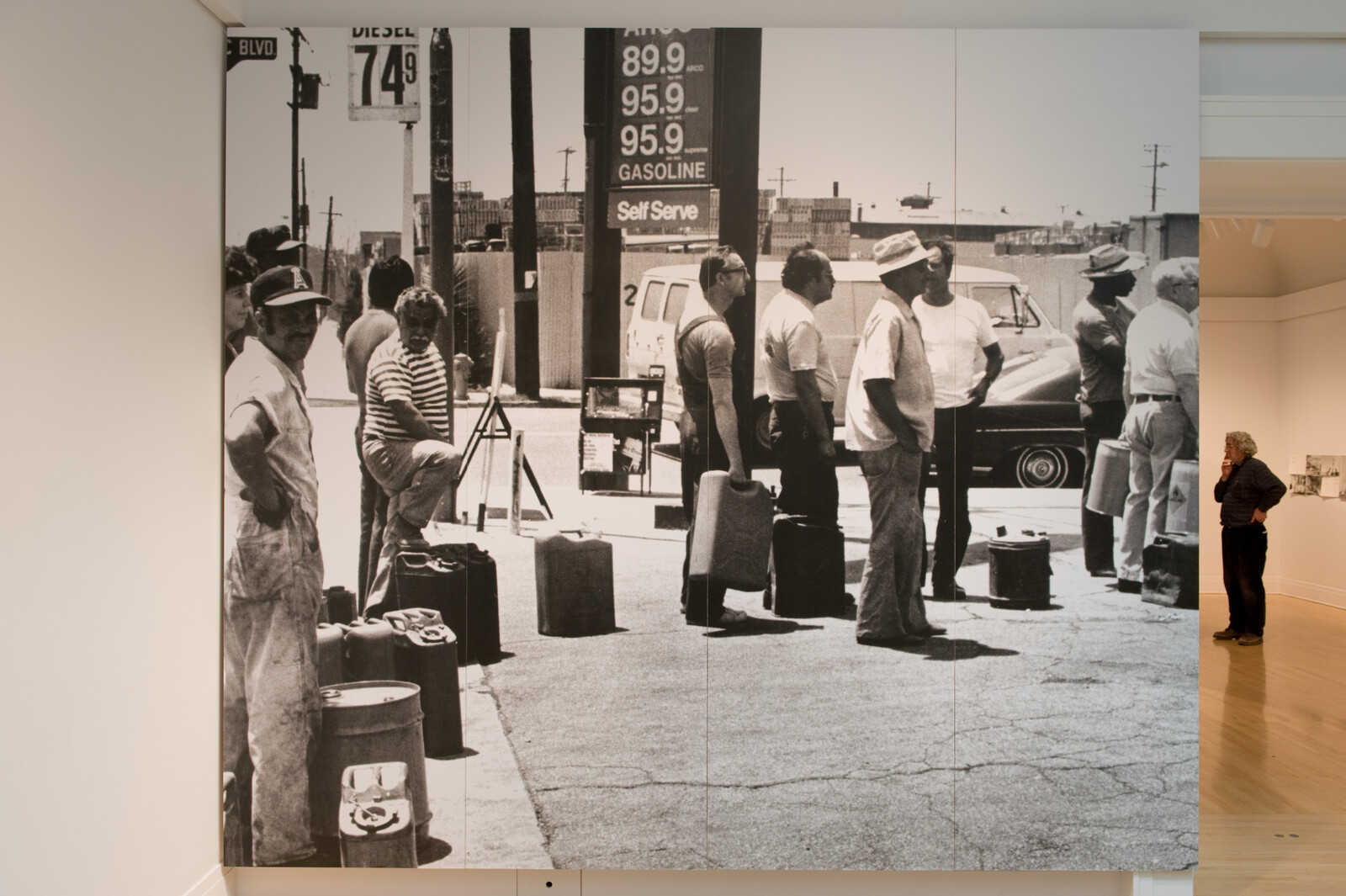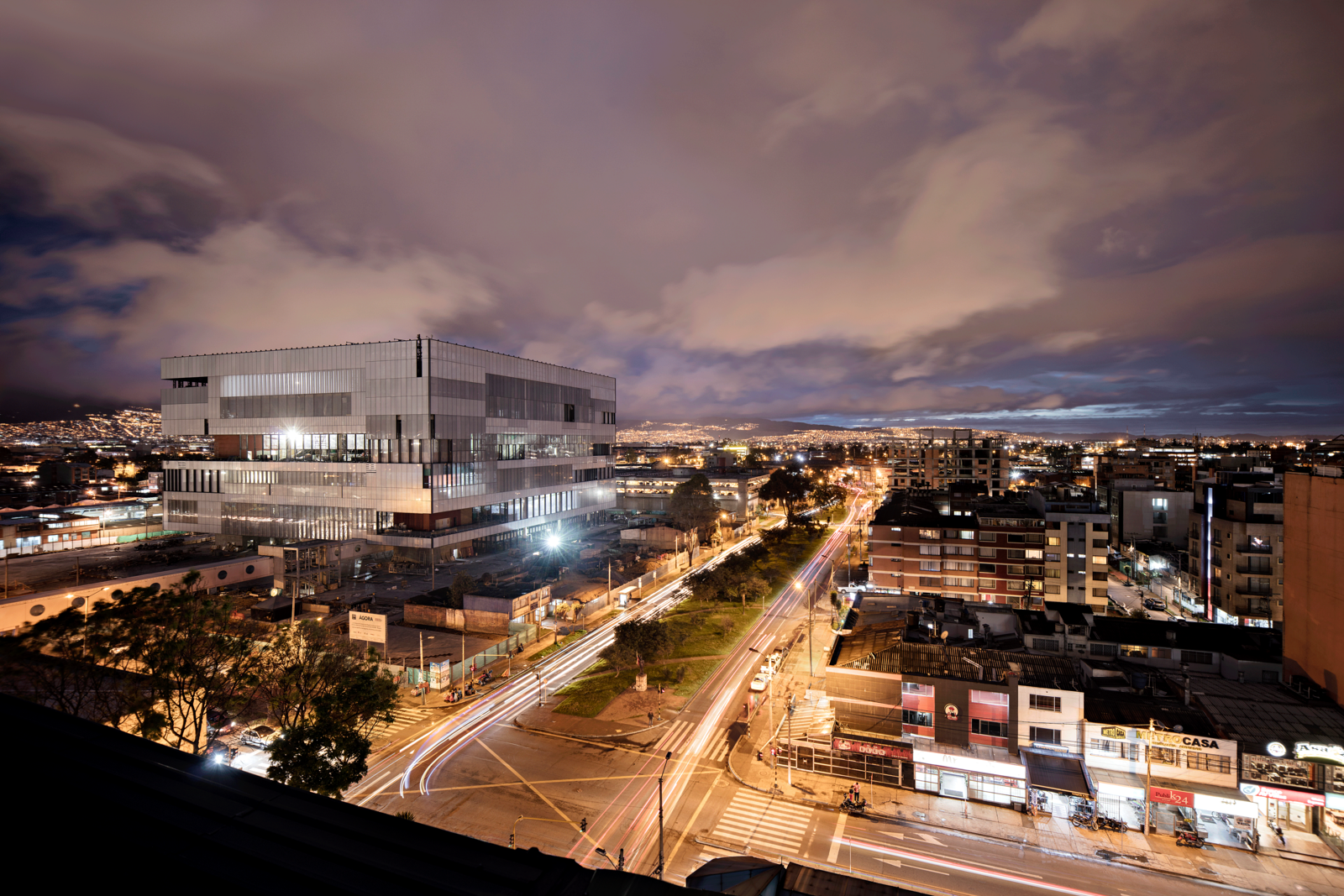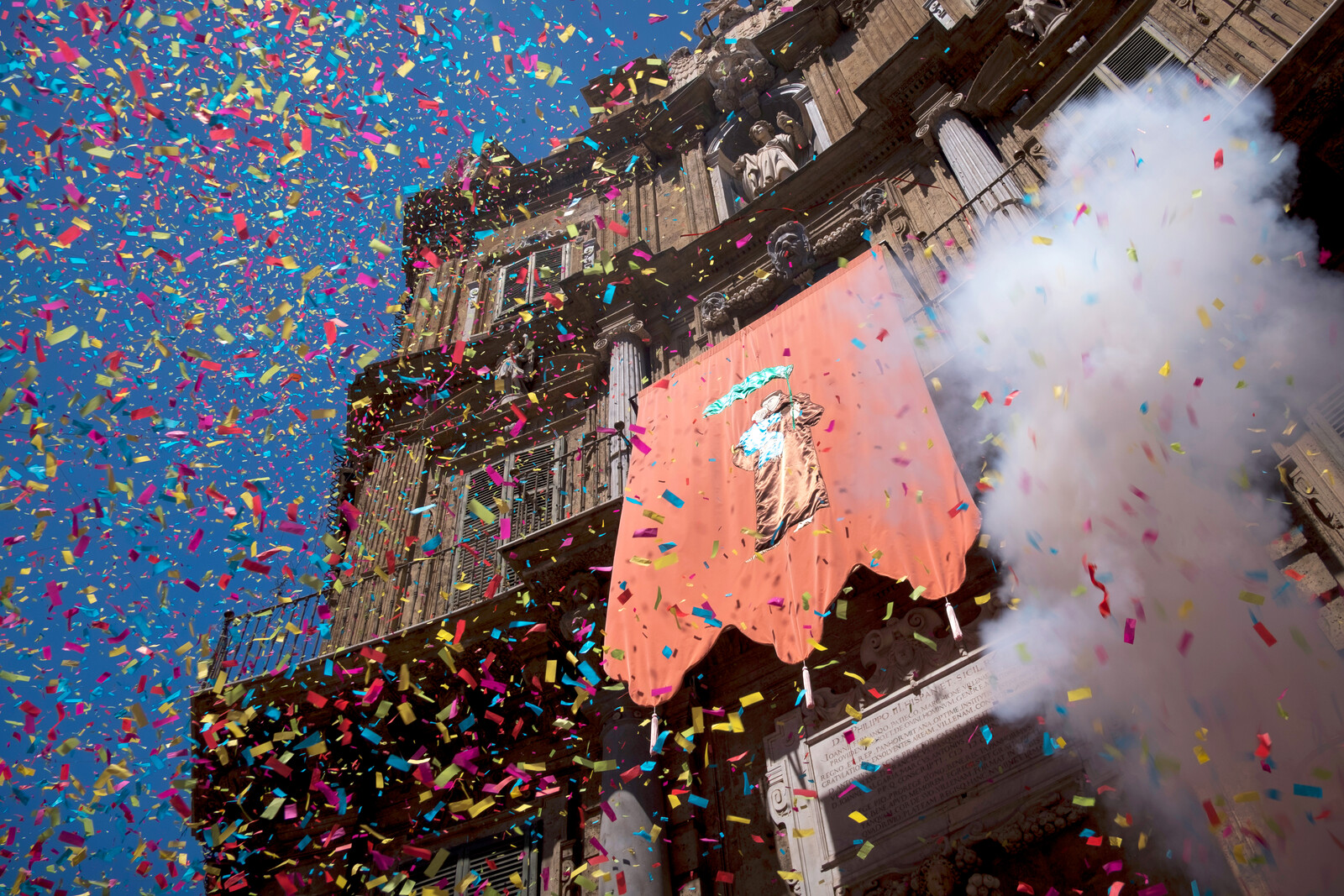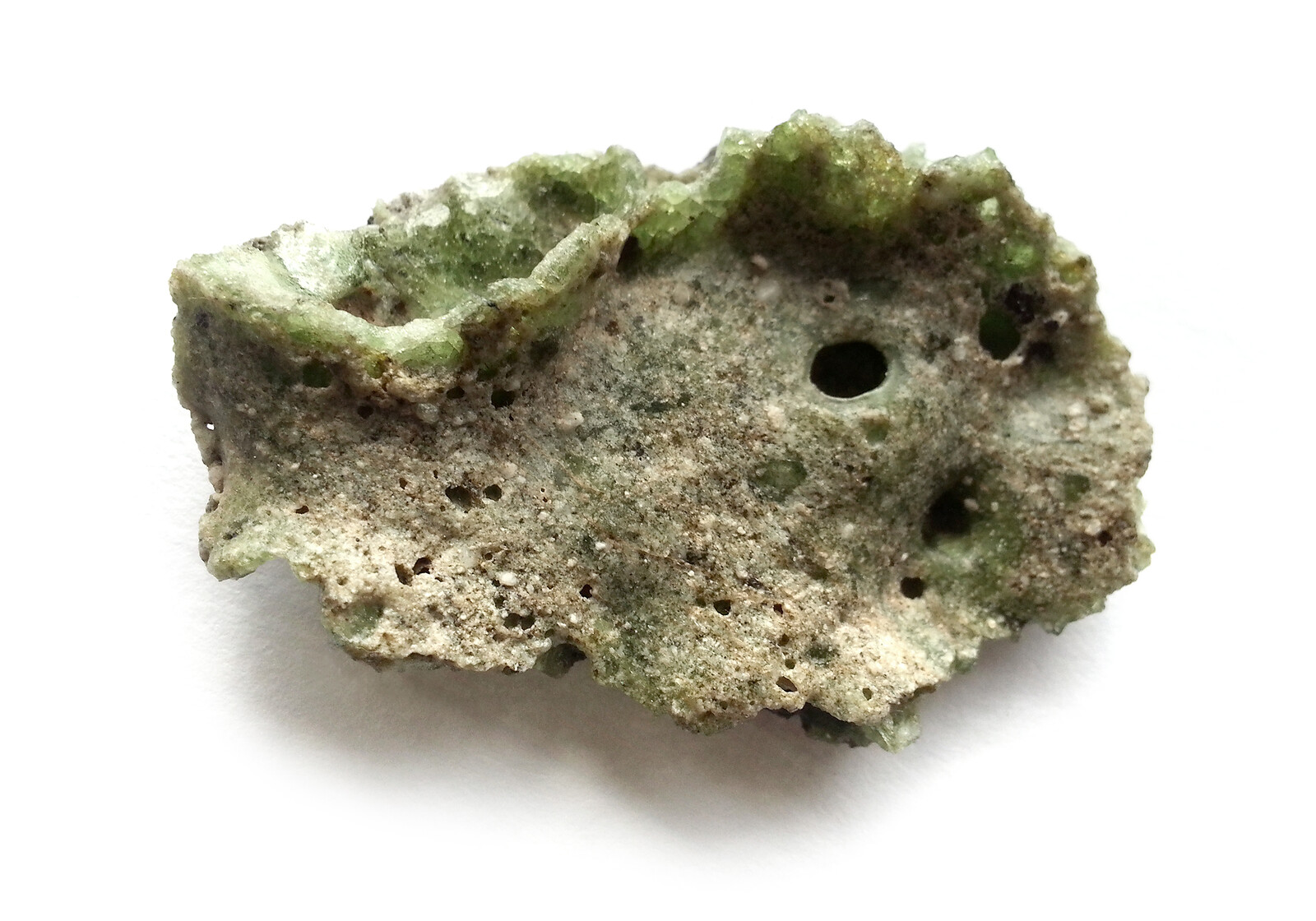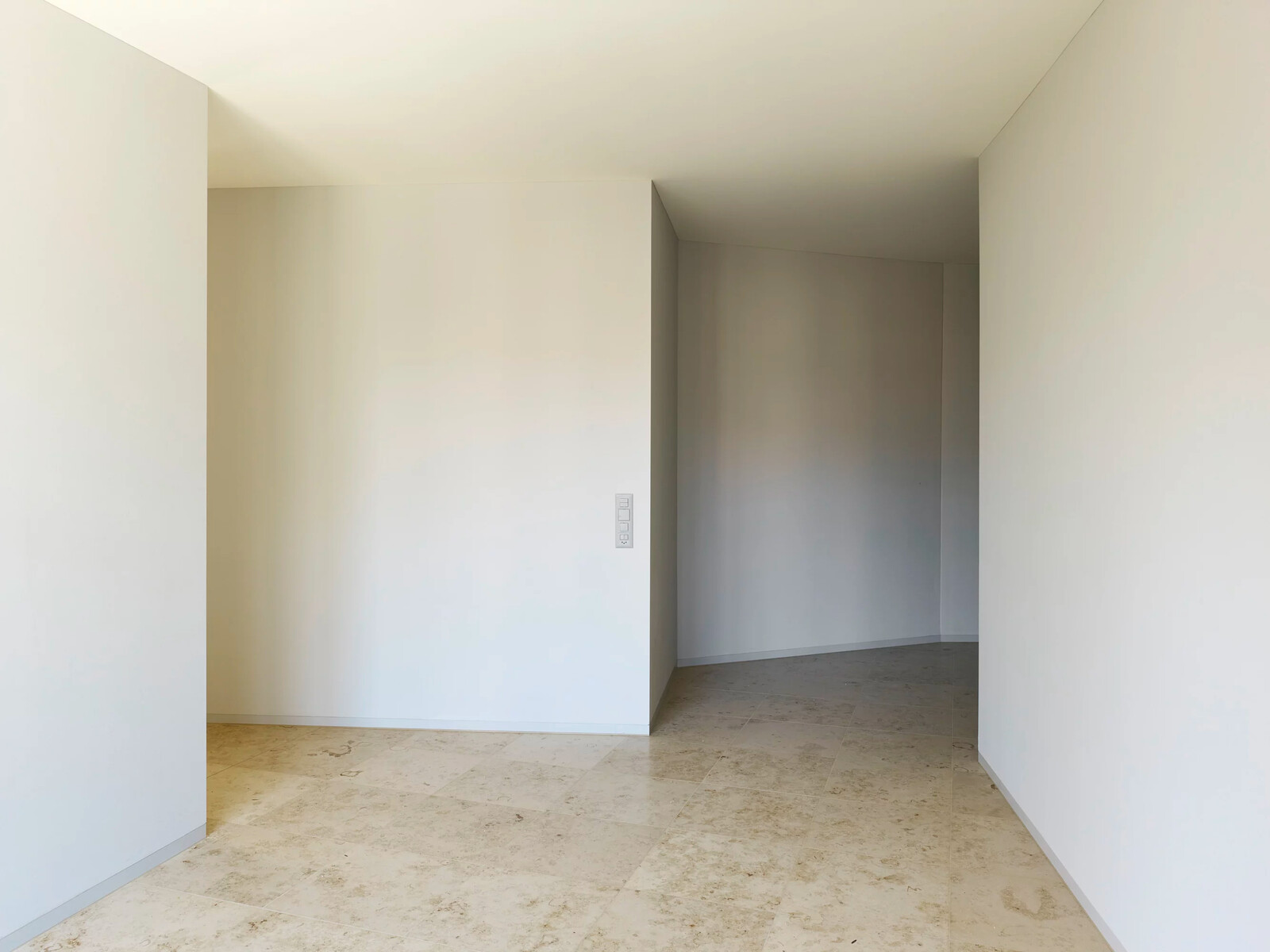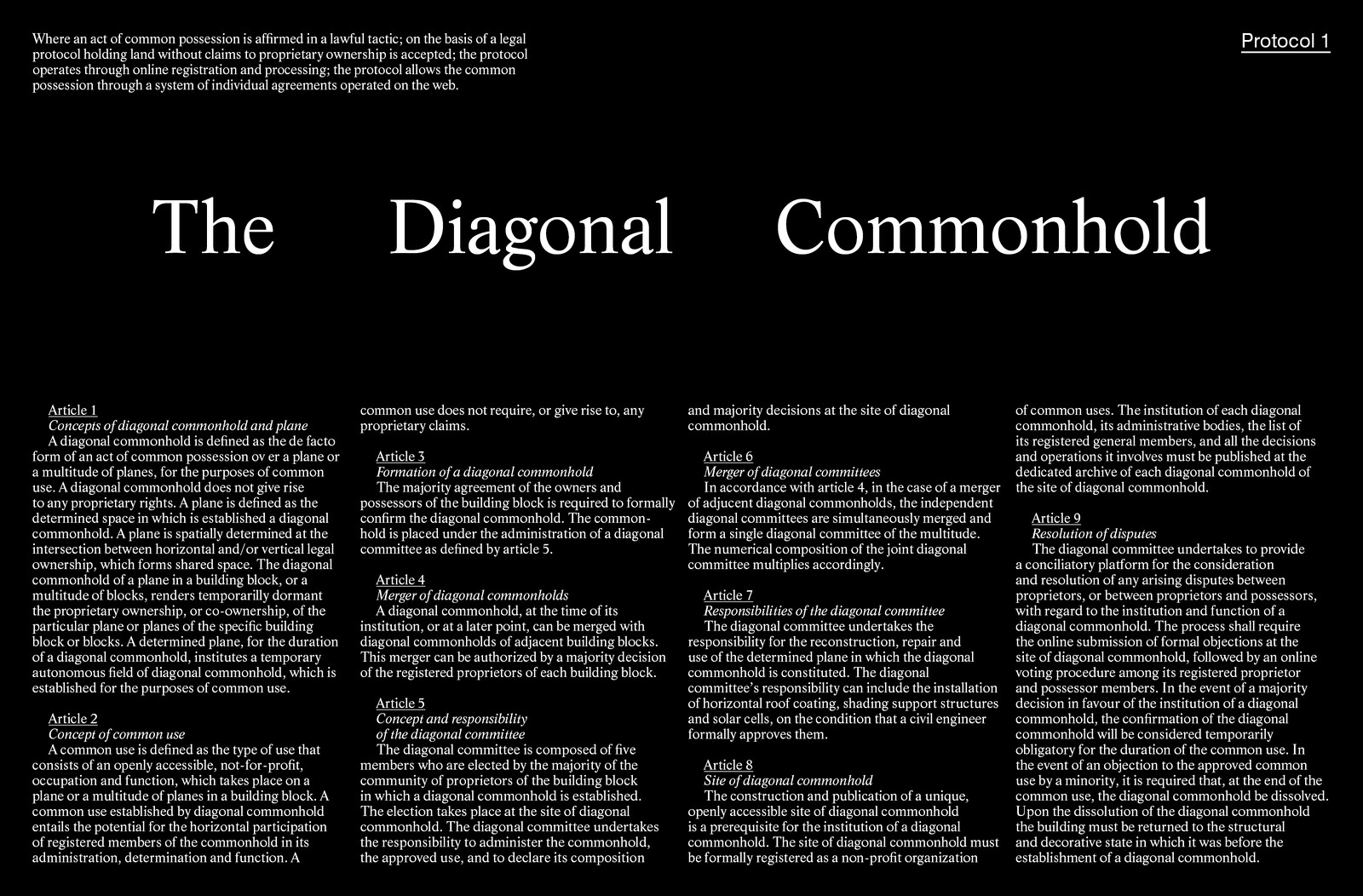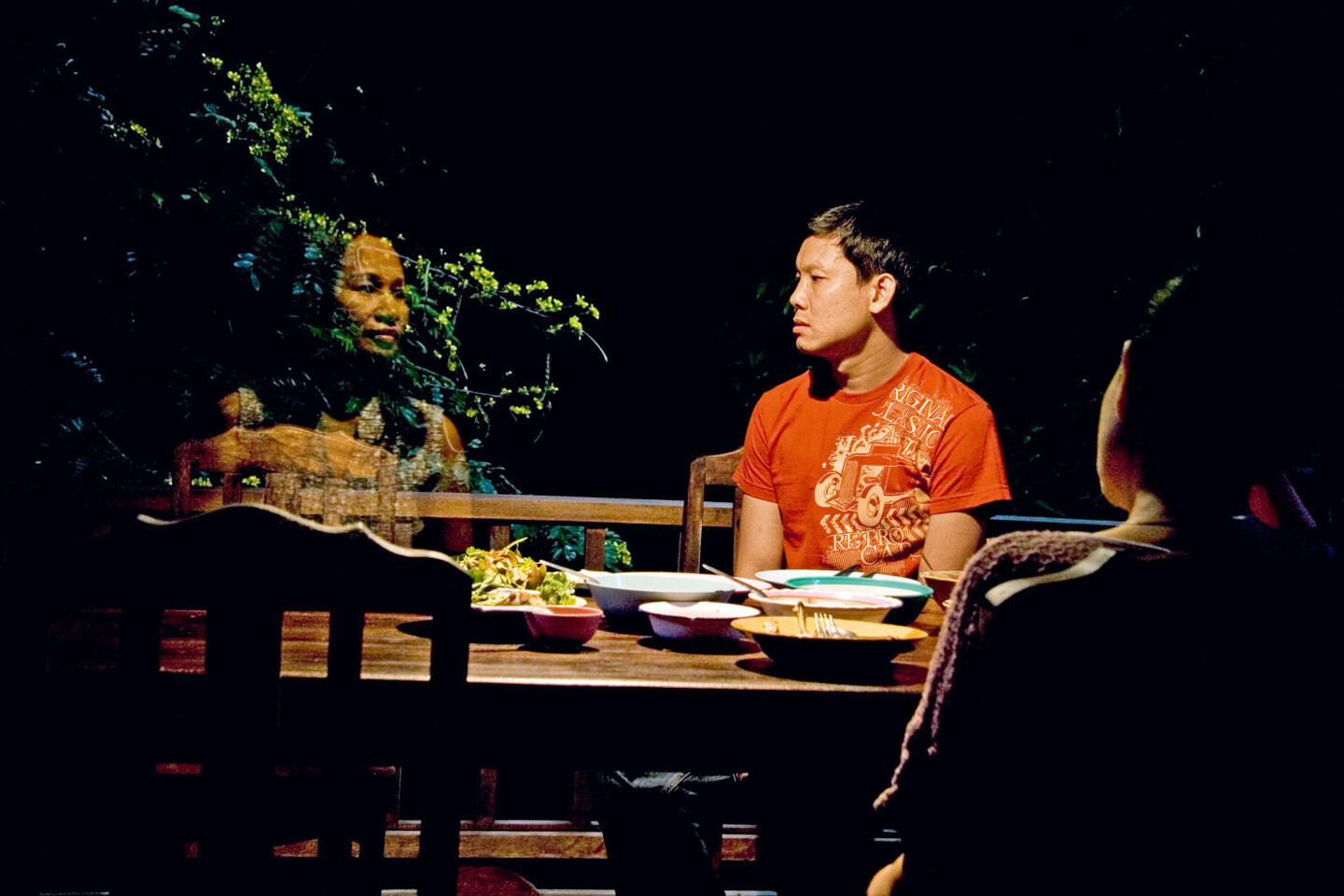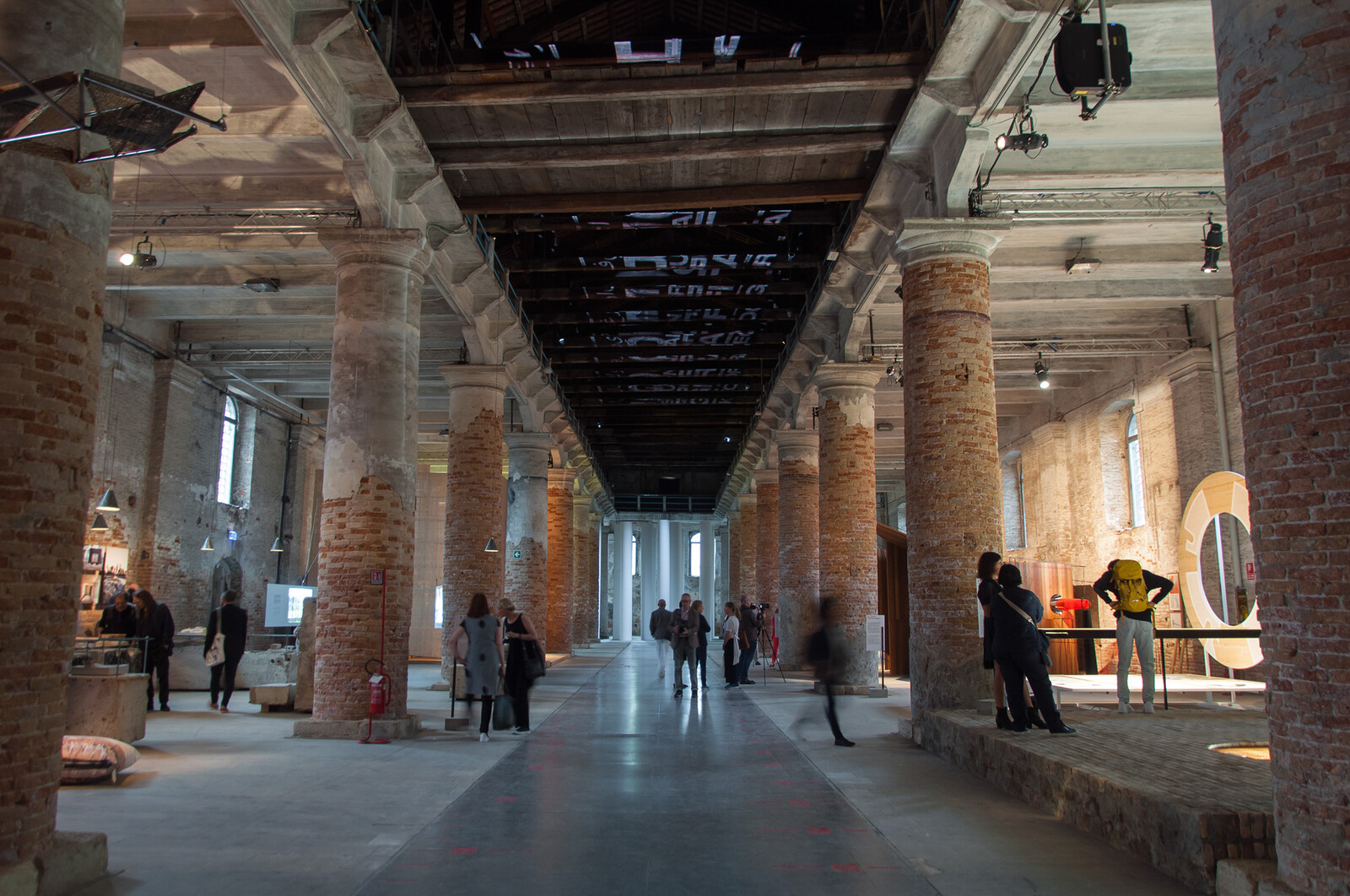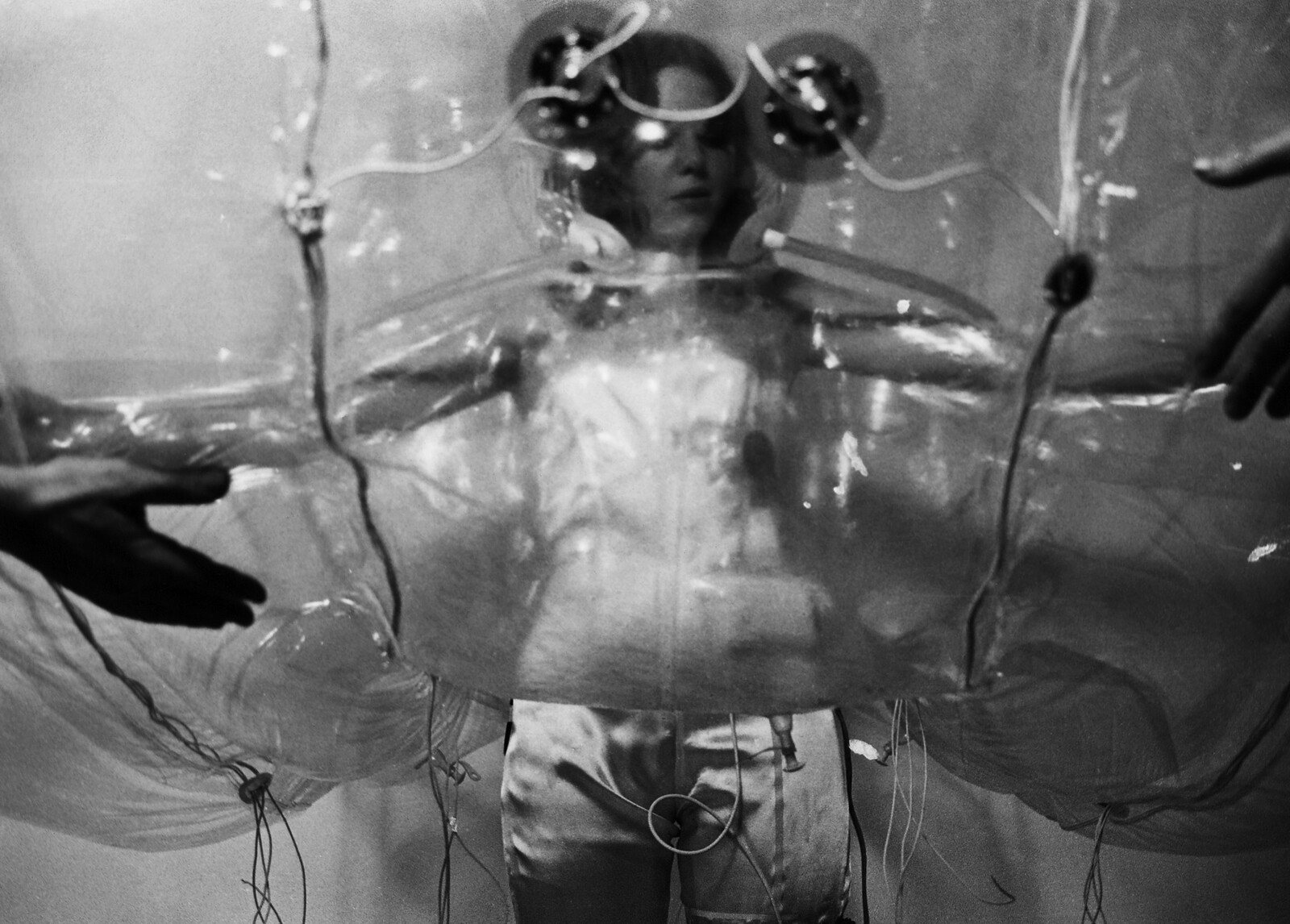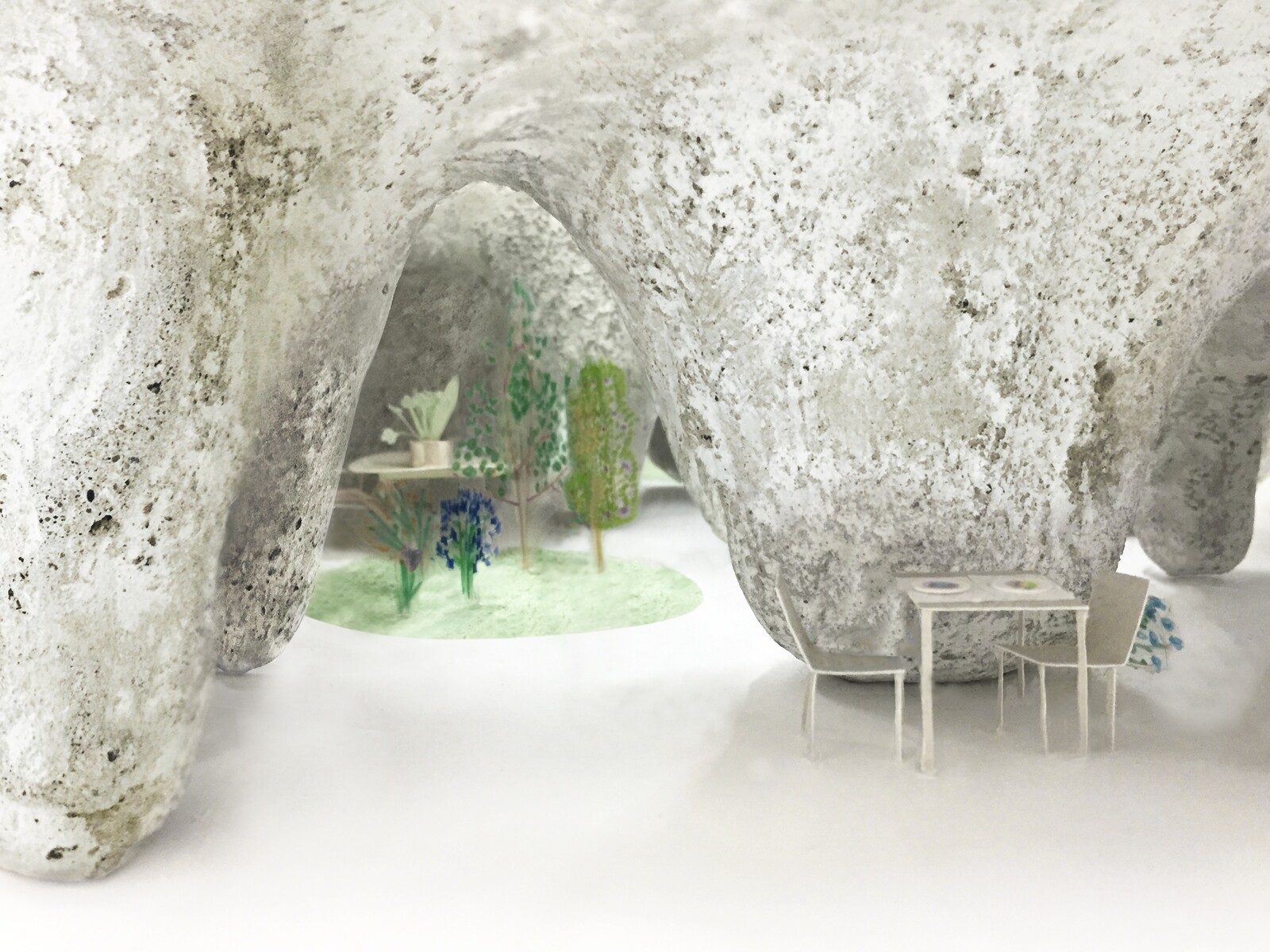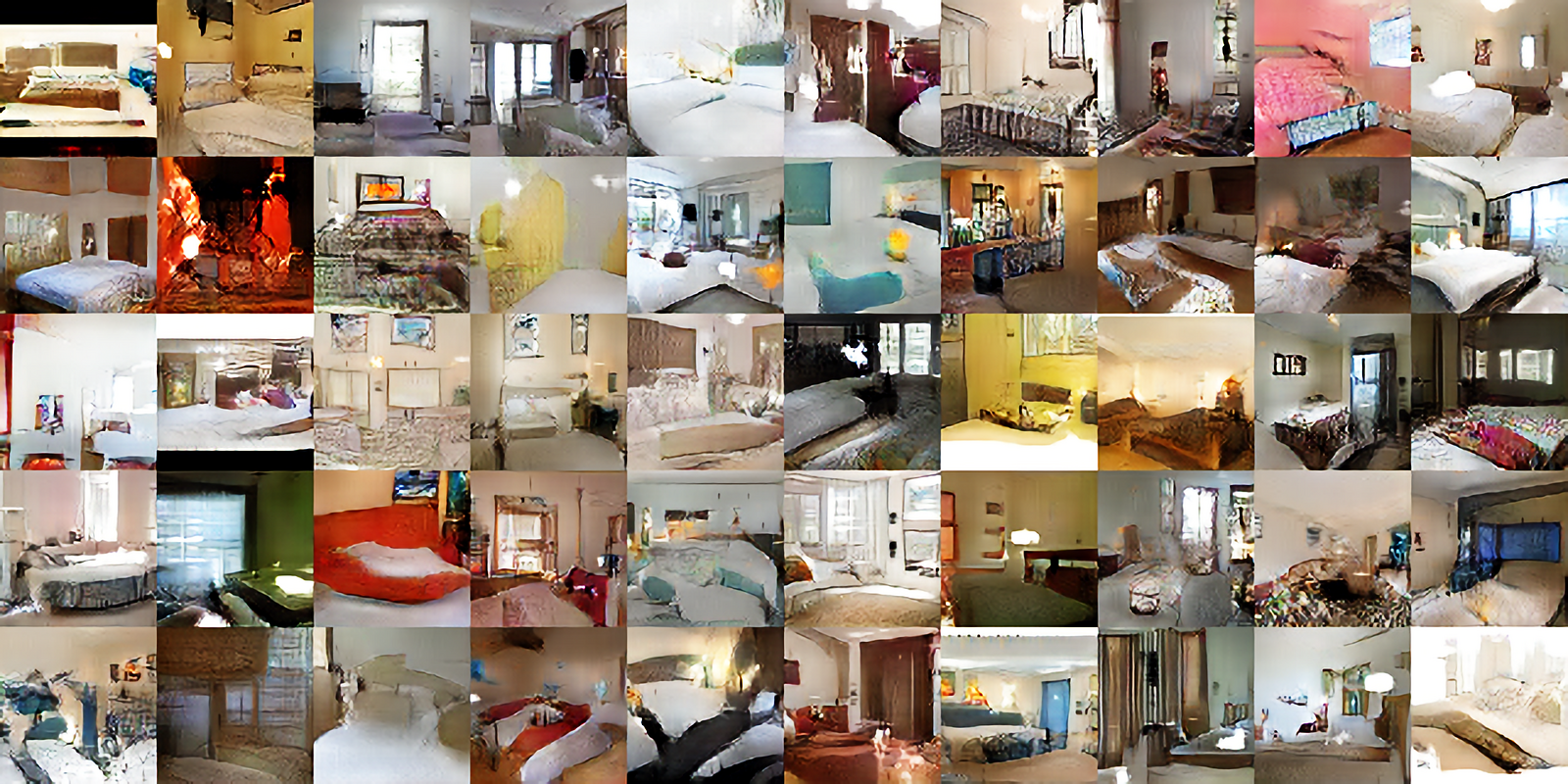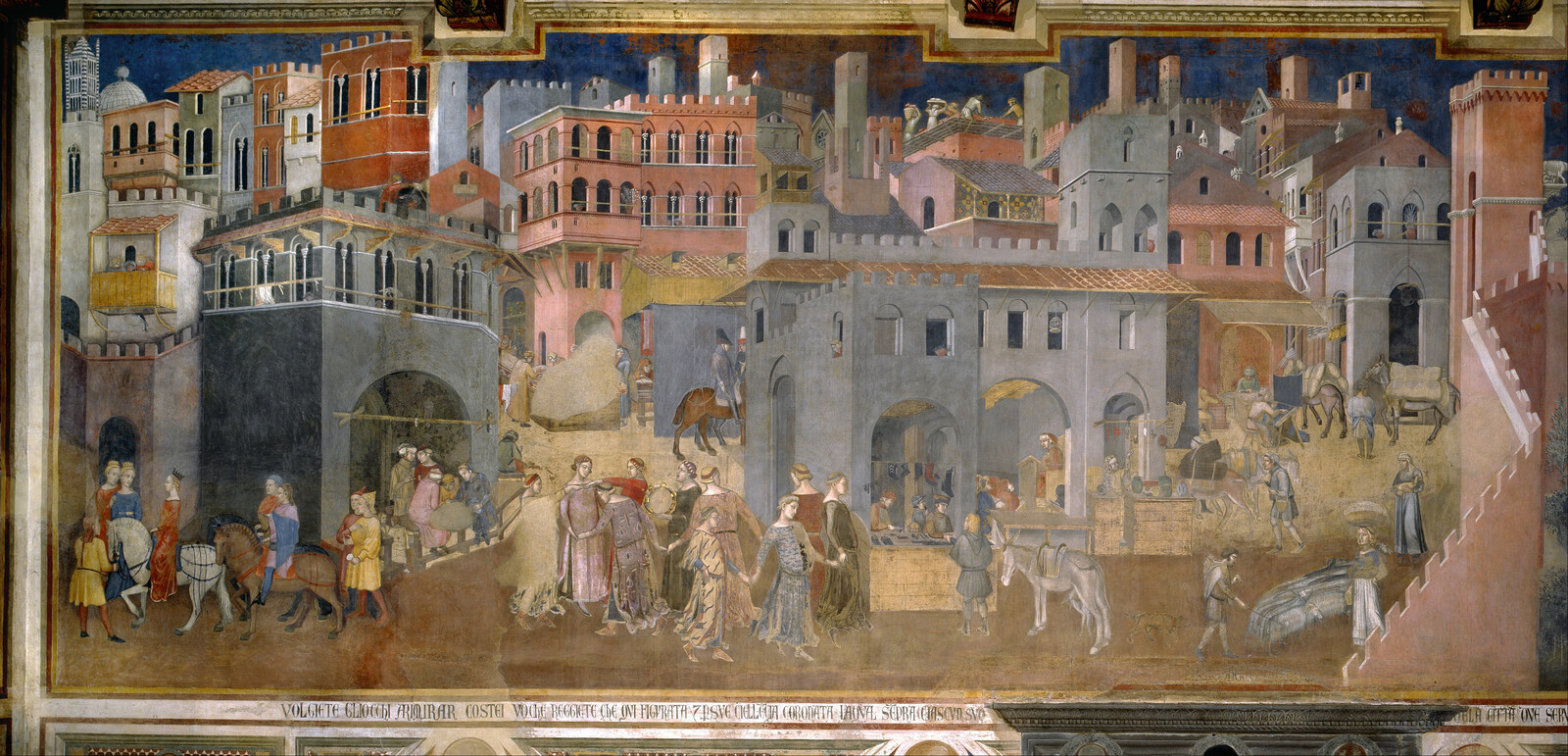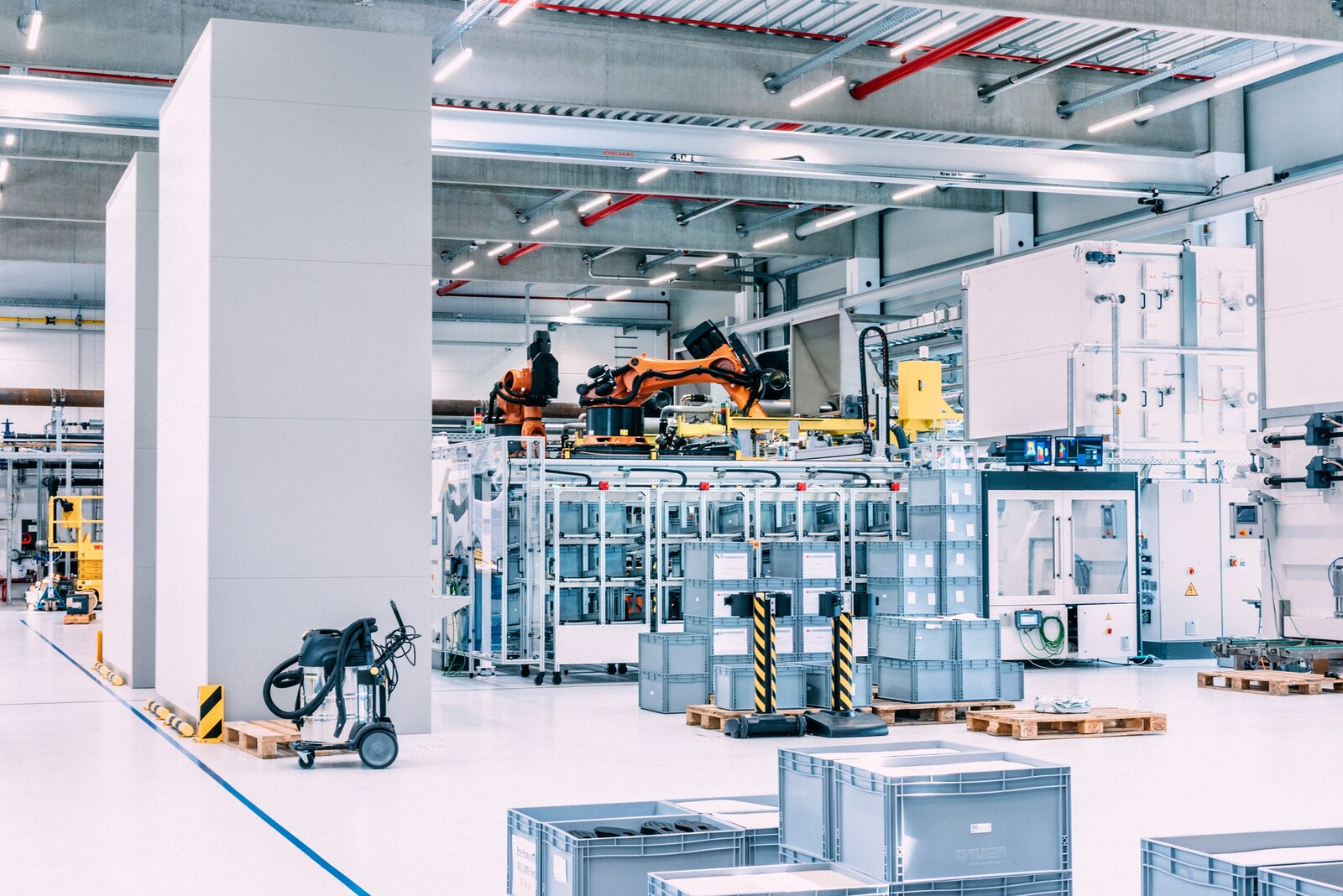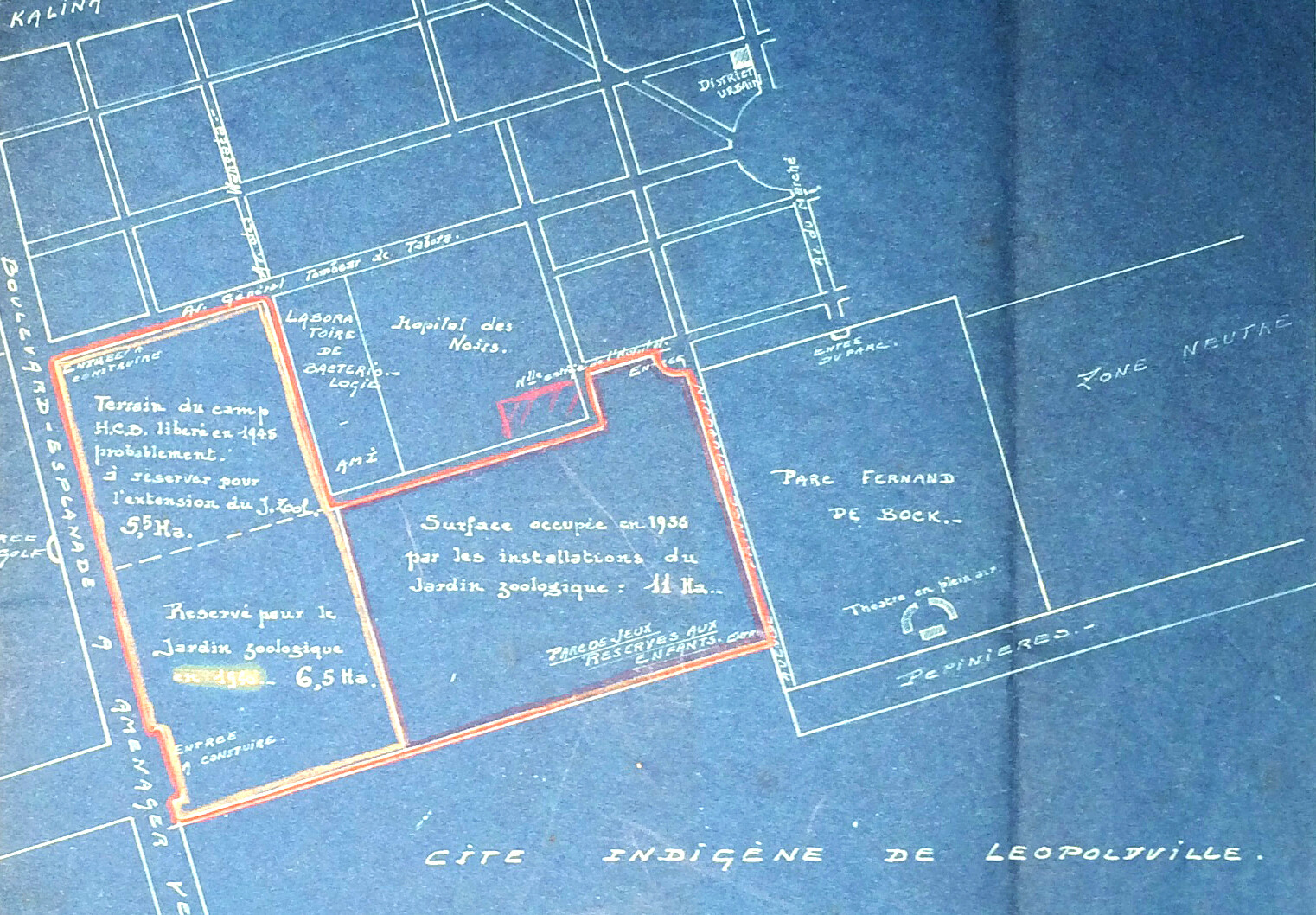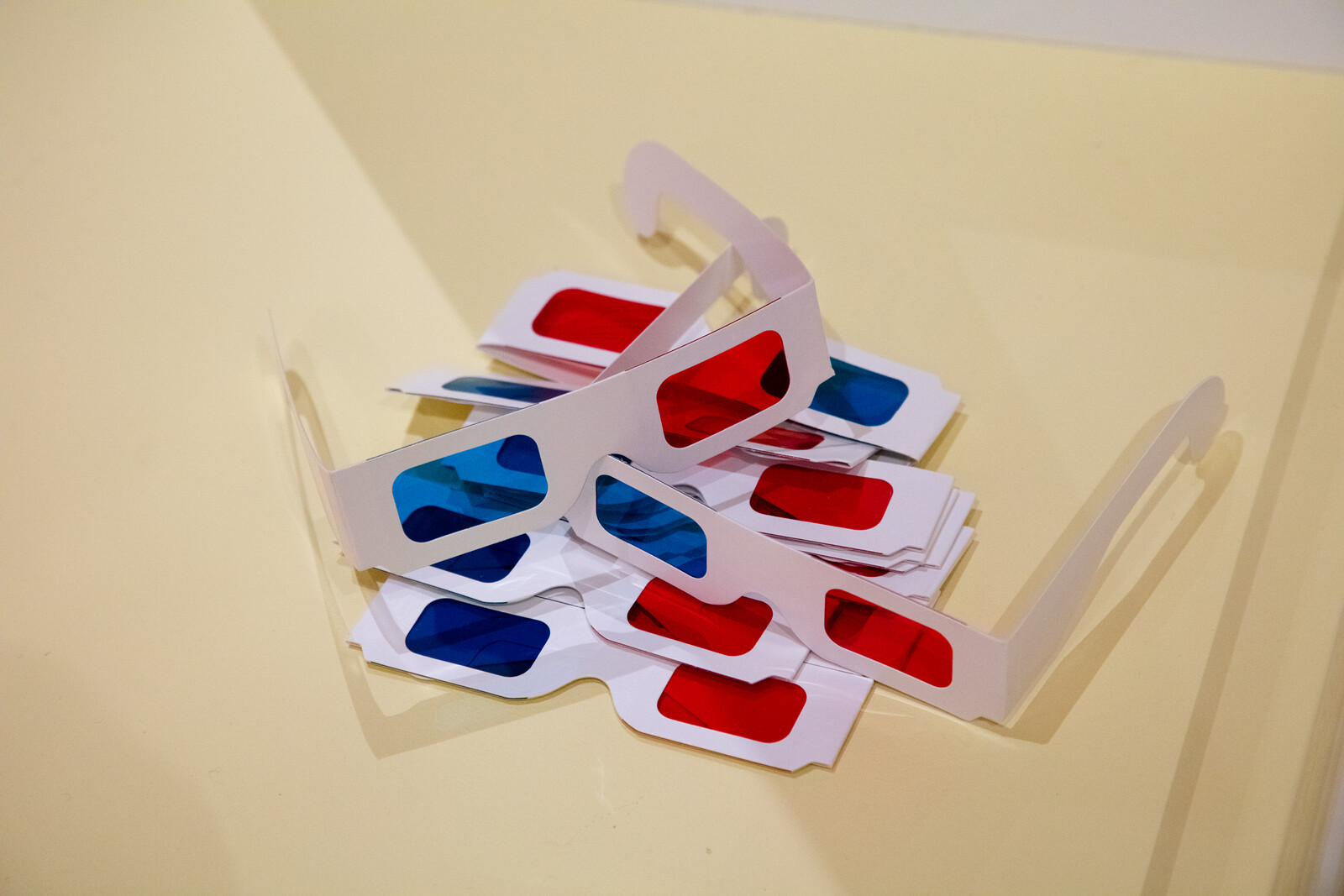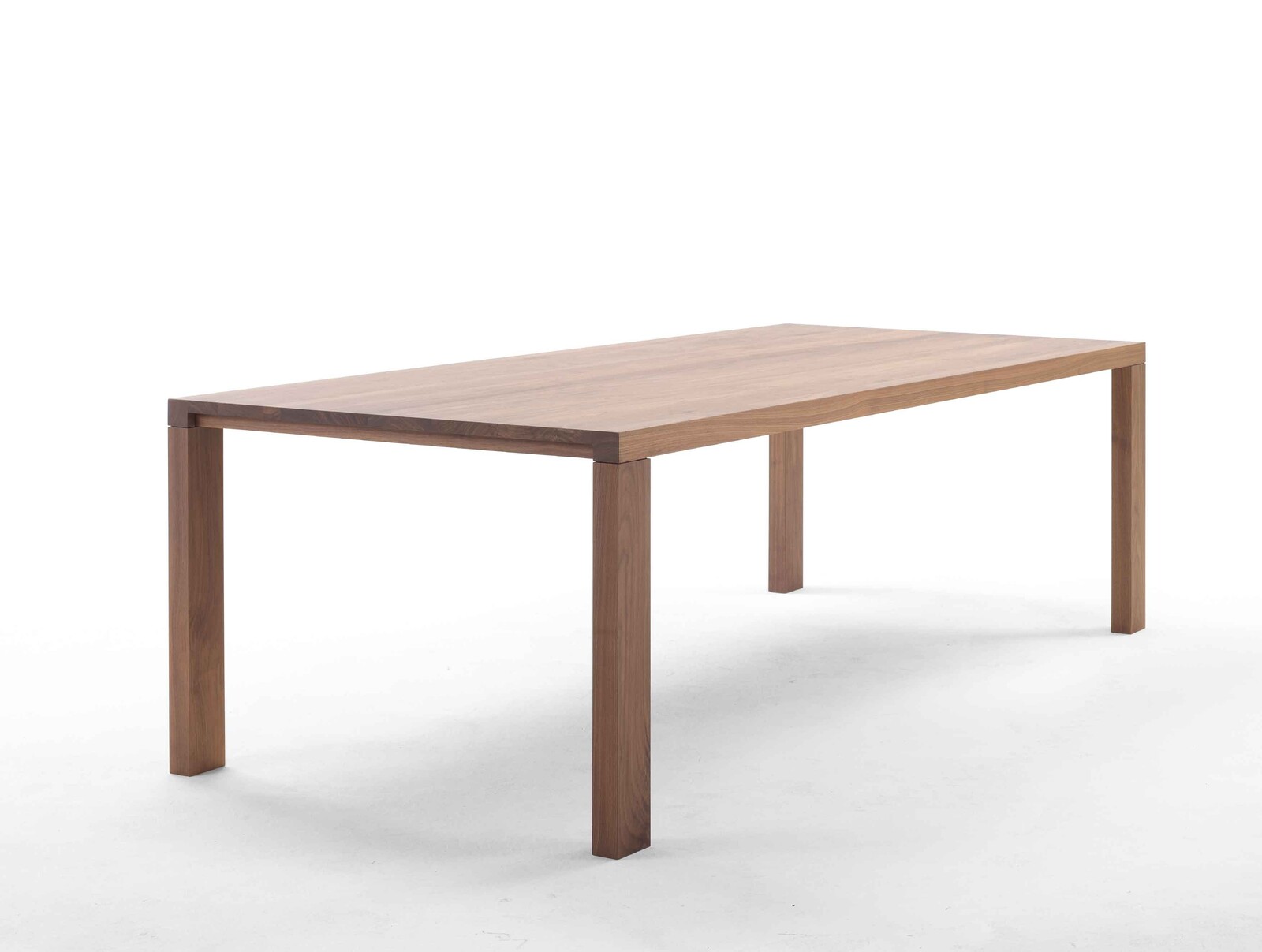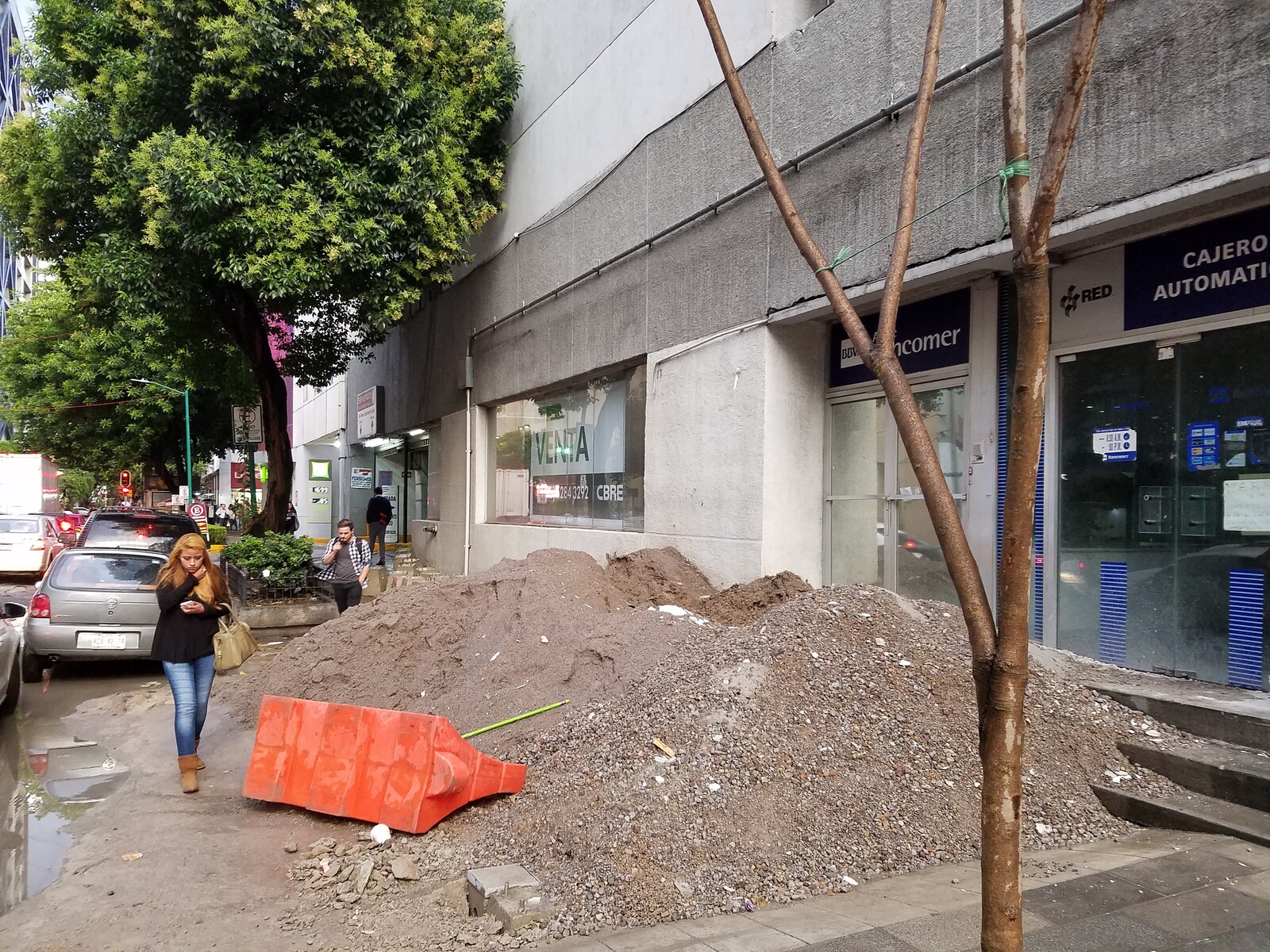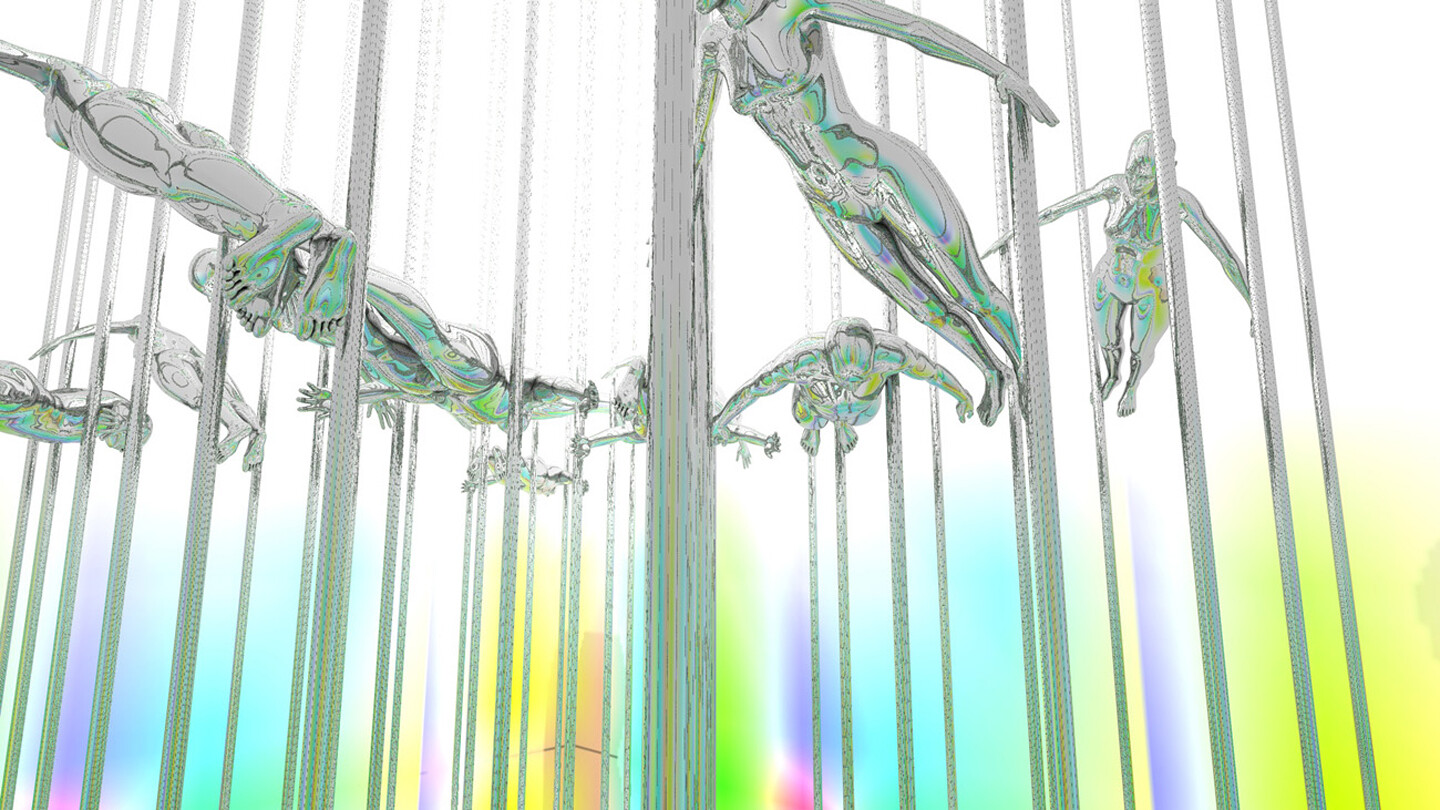Nikolaus Hirsch Recent projects of yours have put you in a very political role, or at least one with a certain exposure in the political field. Has your professional trajectory, from building studios, homes, and installations, very often in collaboration with artists, to much more public projects, changed how you see your role as an architect?
David Adjaye My career started under the agency or patronage of artists, at a particular moment when the group of artists that I was working for were trying to find their own voice in public. They were operating in galleries, museums, etc., but in the early 2000s, there was sense throughout Britain that the art world could shape cultural thought. It was even politicized by Tony Blair’s government, being used to talk about the resurgence of the country. All these artists that I was working with felt performative in this scenario. Everything they did became instrumentalized, so I was instrumentalized by them. They were artists whose private practice was made visible by the media, so the spaces they worked in and the things they wanted to do became very public. What might have started as an architectural commission might have evolved into me acting as an agent in between them and their gallery, or an institution. Bringing in an independent third person who could make and intervene on their behalf was a way for them to try and create a sort of resistance, to gain control within this system.
NH Like a buffer?
DA Not so much a buffer, because buffers shut down. More like a negotiator, almost an interlocutor. It was the idea of being able to represent for the artist. For example, Chris Offili’s work, The Upper Room, was a project for a commercial gallery. He was given the gallery to work in, but the gallery had certain constraints. So Chris wanted to work with me, independent from the gallery, to understand what he wanted to do, and then drop it on the gallery. I remember when we had to present it to the gallery, they were completely shocked and felt kind of isolated. But I think Chris needed to create the control that he wanted. My beginnings were negotiating between what is the private sector and what is the public sector, or even what is the public institution and what is the artist. My beginnings were negotiating where the art, or where the architecture, was.
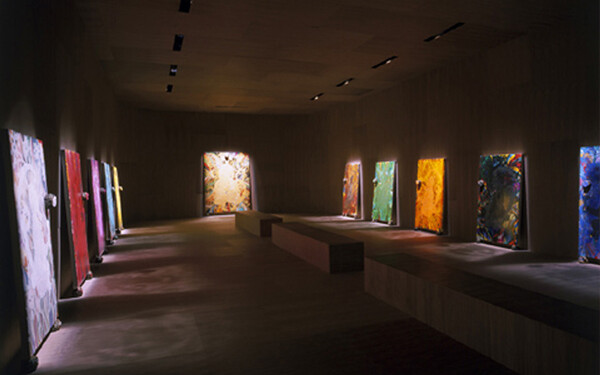

Chris Ofili, The Upper Room, London, 2002. Photo: Lyndon Douglas.
NH How do you see this role of a negotiator carrying out in your more recent, and larger projects, like the Smithsonian National Museum of African American History and Culture in Washington DC?
DA Washington was the ultimate negotiation, because it was fifty-seven curators working to construct a narrative that’s been buried and denied for 200 years. My job was to be an architect for the institution called the Smithsonian, but at the same time, I always felt that my job was not just to be their architect, but also to be the architect for this community that felt it wanted a certain kind of agency that was not to be privatized or commodified. It was probably the most public arena that I’ve had to operate like that in thus far, but I’m really thinking about the connection between this type of work and what I was doing earlier. If you look at it through the lens of typology and deconstruction, it might not be there, but if you look at it through the idea of agency, negotiation, and form making, it’s completely clear.
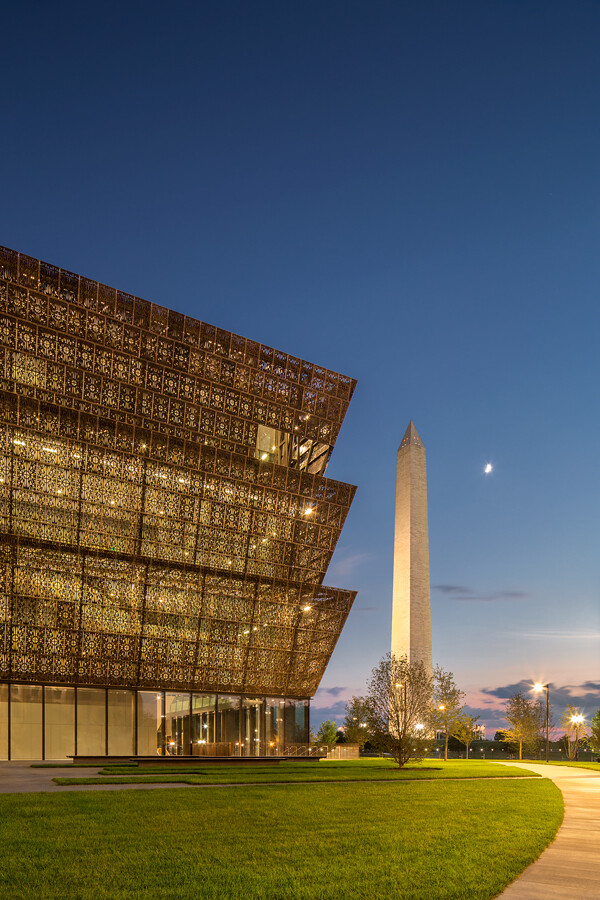

Adjaye Associates, Smithsonian National Museum of African American History and Culture, Washington DC, 2016. Photo: Brad Feinknopf.
Nick Axel If you are, in a sense, scaling this up, how far does it go? I’m thinking of your recent cathedral project, in Accra, in which the positioning of the project in the city is highly significant.
DA Accra was a colonial city designed by the British. It was an apartheid city, with a quarter for whites and then a quarter for the indigenous. Nkrumah’s independence plan was about beginning to weld the two systems together and to re-stitch the fissures. Nkrumah’s plan was done by people like Winky Scott and other European architects. There were no trained Ghanaian Architects at the time because Ghanaians weren’t allowed to be architects during the colonial period, so there was no architectural education for Ghanaians. Nkrumah worked with Scottish Architects who had great sympathy for Ghana. Scotland and Ghana have a very interesting relationship, an empathy in their mutual resistance against the British. Nkrumah played on that and brought architects in to scramble the colonial construct. Nkrumah failed because he didn’t understand global forces. Globalization checkmated him and caused a coup to happen, and he was exiled. But the germ of the idea lived on in the generations that were brought up around Nkrumah.
NA So Nkrumah’s germ of an idea is finally starting to grow?
DA The current President of Ghana, Nana Akufo-Addo, is one of the children that grew up around Nkrumah. His father, who later became president in the evolution of the country, worked with Nkrumah. So the Cathedral project is birthed in that idea, the project of remaking the city. When Akufu-Addo came to power, he called me and said, we have a lot of work to do, and I really want you to come back to work in Ghana. I had no built work in Africa at that point. But he said that, he really wanted me to work on a project that would symbolize what he was trying to work towards. A month later I got another call where he asked me to build the Ghana National Cathedral. I was, I have to admit, a bit shocked, and confused, but I understood what he meant was that he wanted to make a ground zero, a place that started to remake the city and the country.
NA How can you do that with just a piece of architecture?
DA The project is really about planting a new seed in the old ground to remake the city. He calls it the “sacred space of the nation,” and what he means is that architecture can be used to reimagine the city, to reimagine a new future. And he’s right. That’s exactly what architecture is very powerful at doing. The National Cathedral project is a new enclave. We said that if we’re going to do this, we shouldn’t just consider the urban city. We needed to scrape the old city away. We looked at the plan, and there was an avenue that connected with the Parliament. Scraping away that ground—a British landscaped garden—would allow us to start afresh, to reframe the landscape as a new vernacular for the country. The National Cathedral consists of a chamber placed on a cultural podium that houses education, infrastructure, cultural, and support functions. The idea is that the plinth registers the datum of the colonial city, and the cathedral sits on top of that. It’s a re-reading of the context, because when you get onto that plinth, you have a privileged view of something which was constructed with the idea to divide. In giving you a privileged view, you can reimagine the city.
NH Earlier on you mentioned the word “visibility.” One could argue that architecture is about the construction of visibility, of making a certain history readable and connecting it to something for, or even from the future. This is a particular understanding of the role of the architect, far from an architecture as service industry. It’s also contested, dangerous. But in more general terms, would you argue that the role of an architect is to construct visibility? That it’s form making for processes that tend to escape visibility or tangibility?
DA I can’t speak for the whole of architecture, but I can say in my practice, and in the way the world is remaking, or rethinking itself at the beginning of the twenty-first century, there’s really a call to action about visibility and form. There’s a collapse of an old order, an old way of looking at the world, and there’s a reformatting of the world. But I’ve never known a time when architecture was not part of that agency. So for me to even speculate that architecture should or should not be seems naïve, because it will. If you look at the last twenty years of architectural production, what’s been expressed is the thinking of neoliberal capitalism. Architects don’t just do what they want in a vacuum. The consciousness of form, the nature of form, and the implication of form is so profoundly important for architects to understand.
NA In a very different space and different role within the public, you’ve recently completed, or are working on a number of housing projects in New York. Two of these projects, Sugar Hill and 130 William, are perhaps representative of this changing system at the turn of the twenty-first century. In Sugar Hill, you see new life injected into the old idea of social housing, and in 130 William, you see the financialization of real estate. Could you speak to what the architect might be able to do within cities that are facing not just symbolic, but also very material challenges?
DA Well, speaking through those two projects, I think the agency that the architect has in the arena between hyper-capitalism and hyper-socialism is the ability to find an idea which binds both. What I mean by that is, the rampant rejection of the architecture of the 1960s and any kind of social project for a glossy, glassy, stony architecture of the late twentieth century plays into what I call an architectural amnesia. It’s like you forget the past, and just construct something that makes you feel good. For me, it’s like Pinocchio’s Pen: you’re becoming a donkey, but it feels good. I’m very interested in a resistance to that.
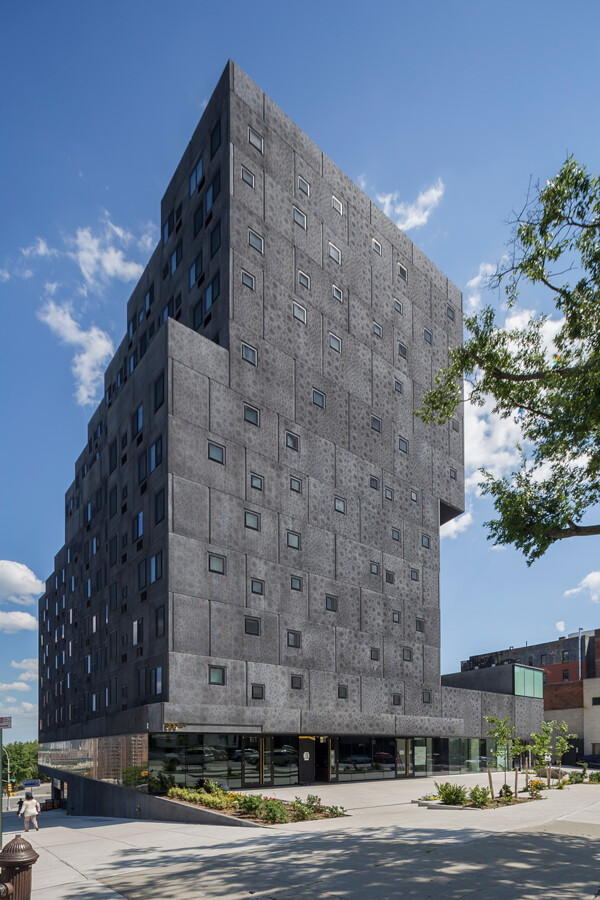

Adjaye Associates, Sugar Hill, New York, 2015. Photo: Wade Zimmerman.
NA Is that something you feel like you’ve been able to achieve in both projects, despite the radical difference between their clients and respective communities?
DA If you compare the aesthetics of William Street and Sugar Hill, they’re actually not that different. They’re the same materiality, they’re physically the same thing, but the narrative is spun differently. 130 William speaks to the idea of the professional and is, within that context, relatively affordable. The tower provides an opportunity for professionals to live and work in Manhattan and not to move to Brooklyn. The explosion that’s happening in Brooklyn, with towers ramping up everywhere, is really a reflection of the unaffordable, unsustainable, and saturated market of Manhattan. The client behind this tower had the idea to change that. They’re not about just reaching for the peak number, but rather creating a kind of vertical village of possibility. That’s what drew me to the client and the subsequent decision to work with them, because their idea of profit was also about the idea of social gain, as well as economic success. We have created a new public plaza—a pocket park in front of the building—which no other tower in the whole of downtown has. So 130 William is, in its own way, trying to talk about the social responsibility of wealth and what it does within and for the city.
NA What about Sugar Hill?
DA Sugar Hill similarly talks about the social responsibility of wealth, but in this instance its narrative talks to the prejudice of poverty. This project was about making a new urban system—a building that was not just about social housing, but also about education, generational interchange, commerce, and culture. But there was a big campaign launched against it by its neighbors, who thought it would devalue their properties by bringing homeless people to the neighborhood. Our major challenge was shifting mindsets about social housing, that it didn’t have to be something that was built cheaply, quickly, without character and usually, in this part of Manhattan, built to grid, using bricks and a certain size of double glazed windows. Sugar Hill did not feature any of these standard elements. Instead it takes a bespoke approach and was envisioned, developed, and built with the community and people at its heart. As such Sugar Hill has shifted the paradigm and many are now describing the area as undergoing a second renaissance. Sugar Hill has renewed a commitment, on the part of the city authorities, to social initiatives as well as widened access to public housing. And this has, in turn, and more importantly, assisted social cohesion and further re-generation initiatives in this part of the city.
NA In the face of a lot of these challenges, these urban pressures that capitalism has placed, there seems to be renewed attention, at least in New York, on the question of typology, from micro apartments to supertalls. Do you think that these kind of typological innovations are necessary? Or, in a very stupid way, do we just need people to be better people?
DA The beautiful thing about architecture is that it’s not static. It’s nuanced and always changing. So, an apartment tower built by Mies would be loved by purists, but actually wouldn’t really work today the way it was designed to. The notion that typology is always being changed with every generation is part of the reason why we make architecture. It’s continually having to be retooled, remade. I think that’s valid. I’m not against the idea of making and evolving typologies. But I am acutely nervous about the way in which novelty is playing a really powerful part in the way in which neoliberal projects are working. It’s about the novelty of the form rather than the performance of the form.
NH So, novelty is not per se already a form making. Or form making would include other criteria.
DA Novelty permeates as the ideal of evolution, when it’s simply the complexity of form entering the social arena as a kind of social performance, to entertain, like a minstrel.
Positions is an independent initiative of e-flux Architecture.
Positions is an initiative of e-flux Architecture. This interview took place during the e-flux conversation series Practice at Milano Arch Week 2018, held at the e-flux Teatrino pavilion designed by Matteo Ghidoni—Salottobuono, made with the help of the Friuli-Venezia-Giulia (FVG) Region and by Filiera del Legno FVG (with the coordination of Regione FVG and Innova FVG).
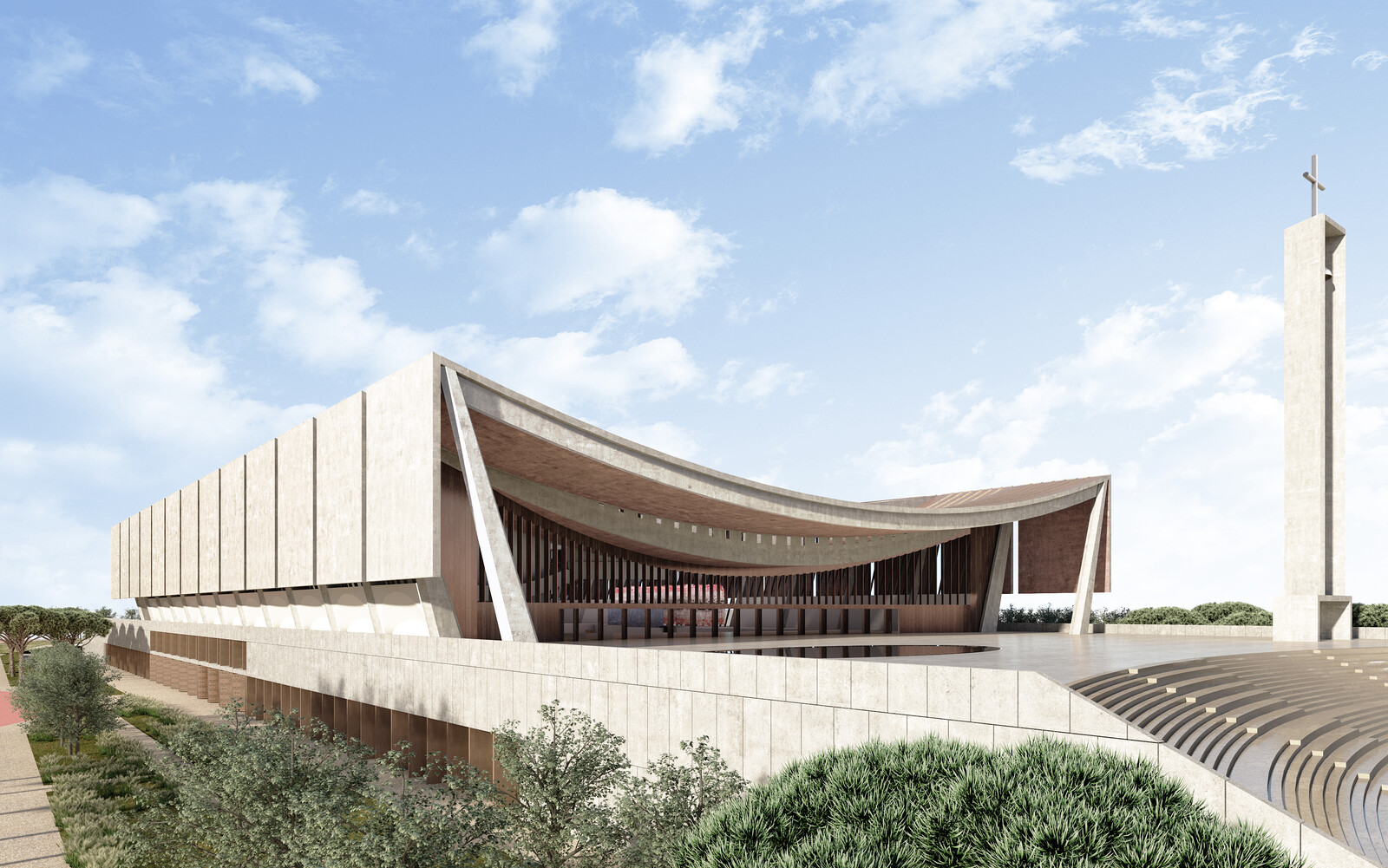
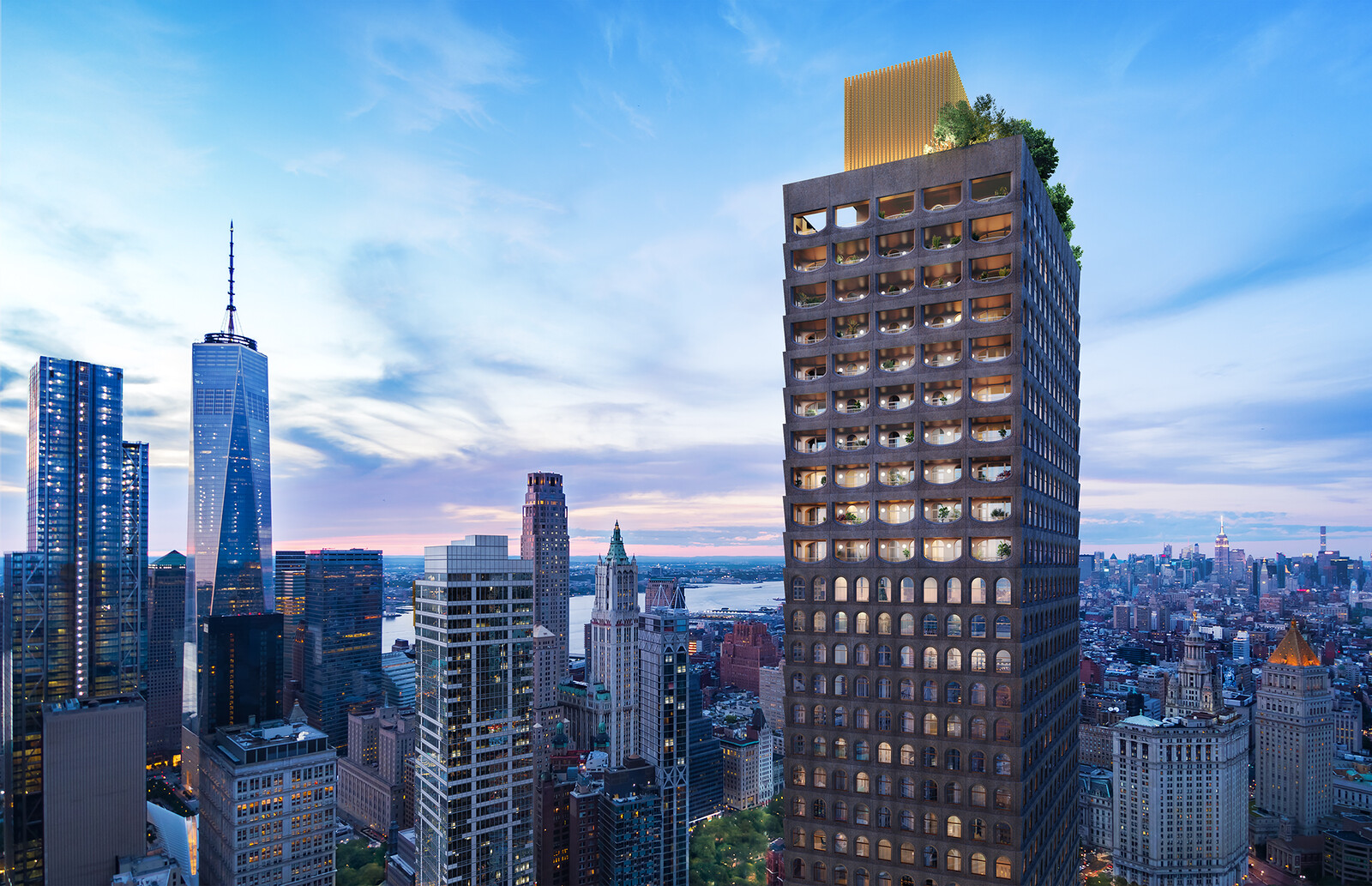

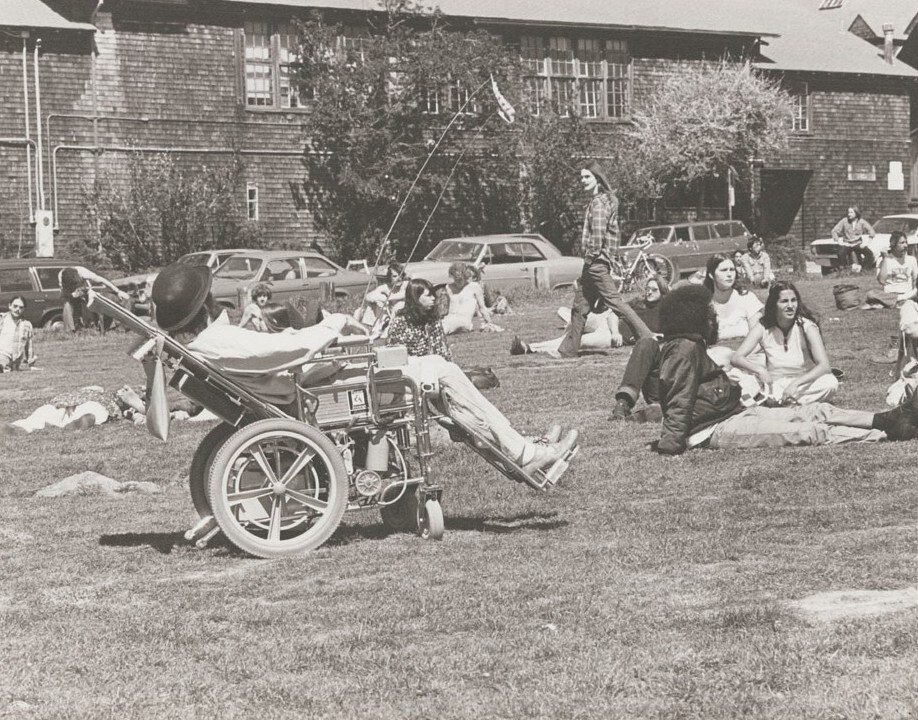
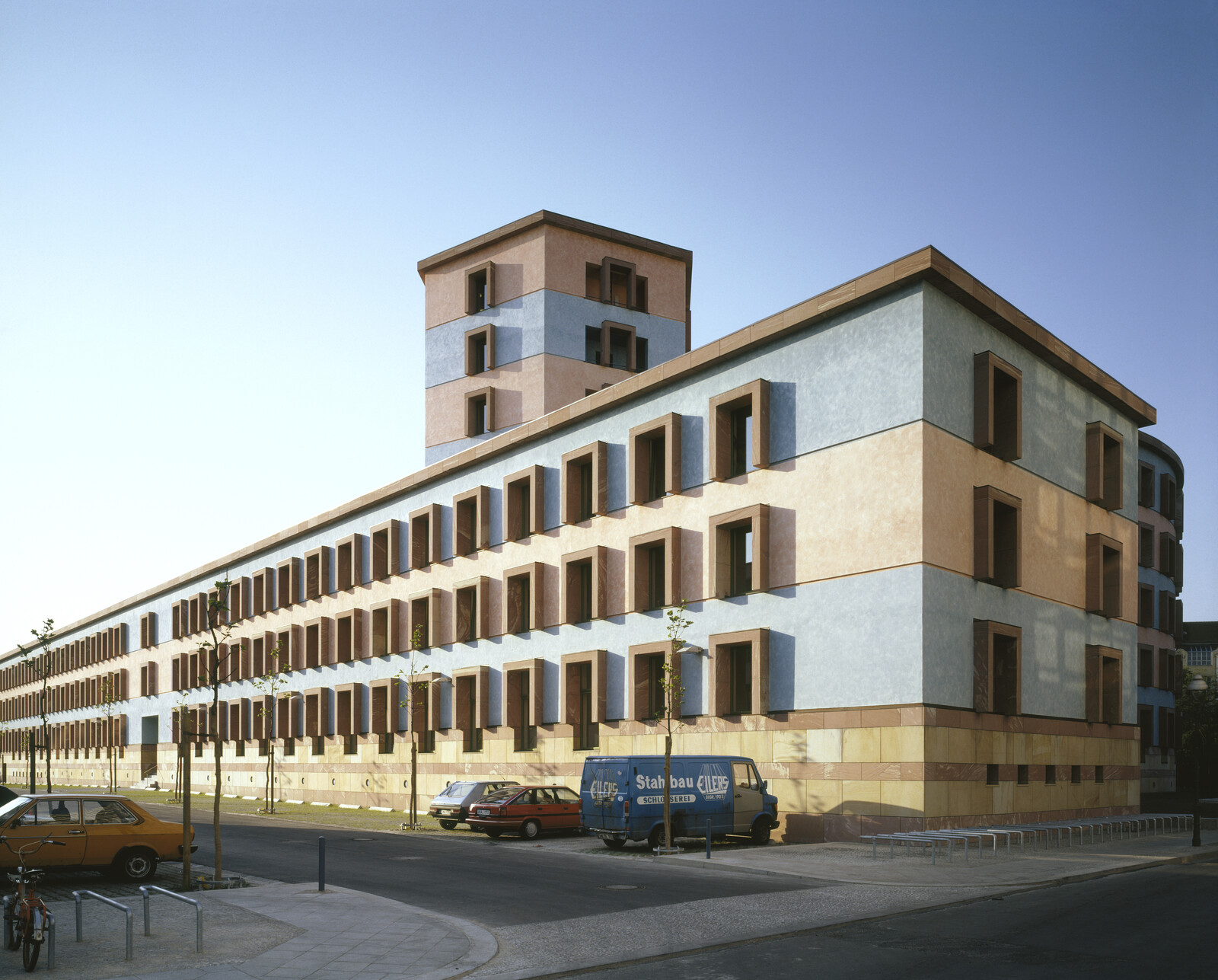
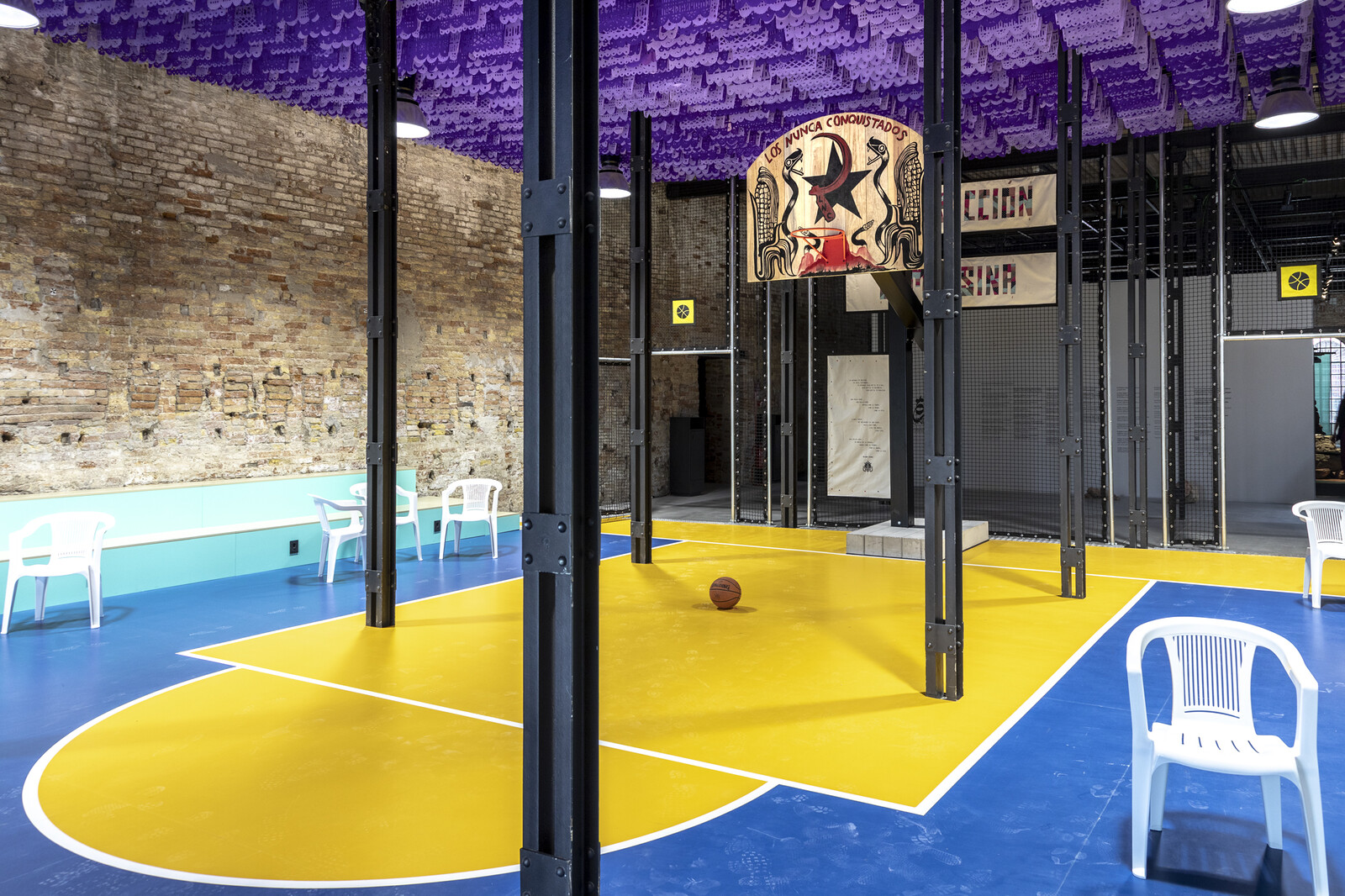
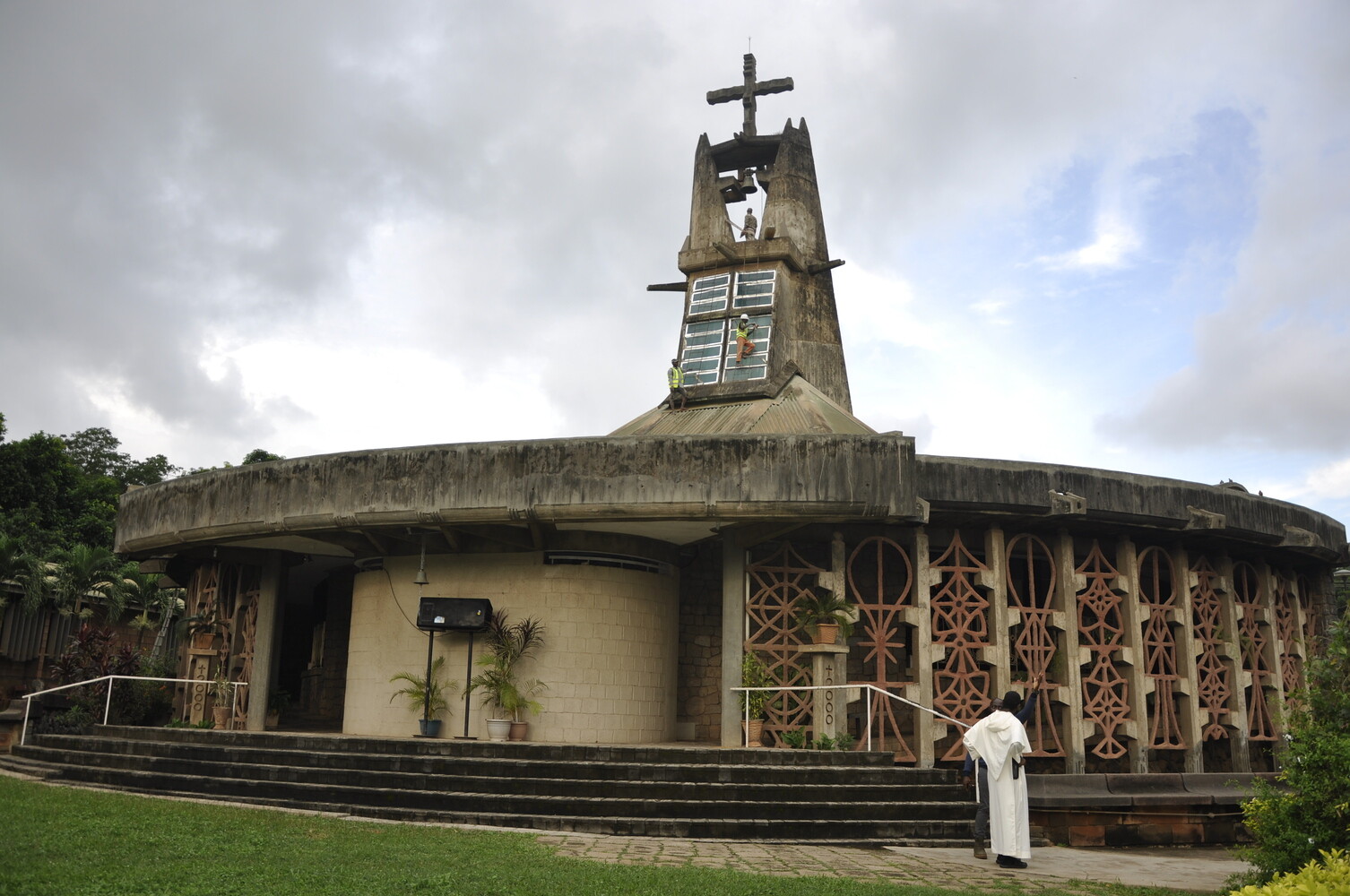
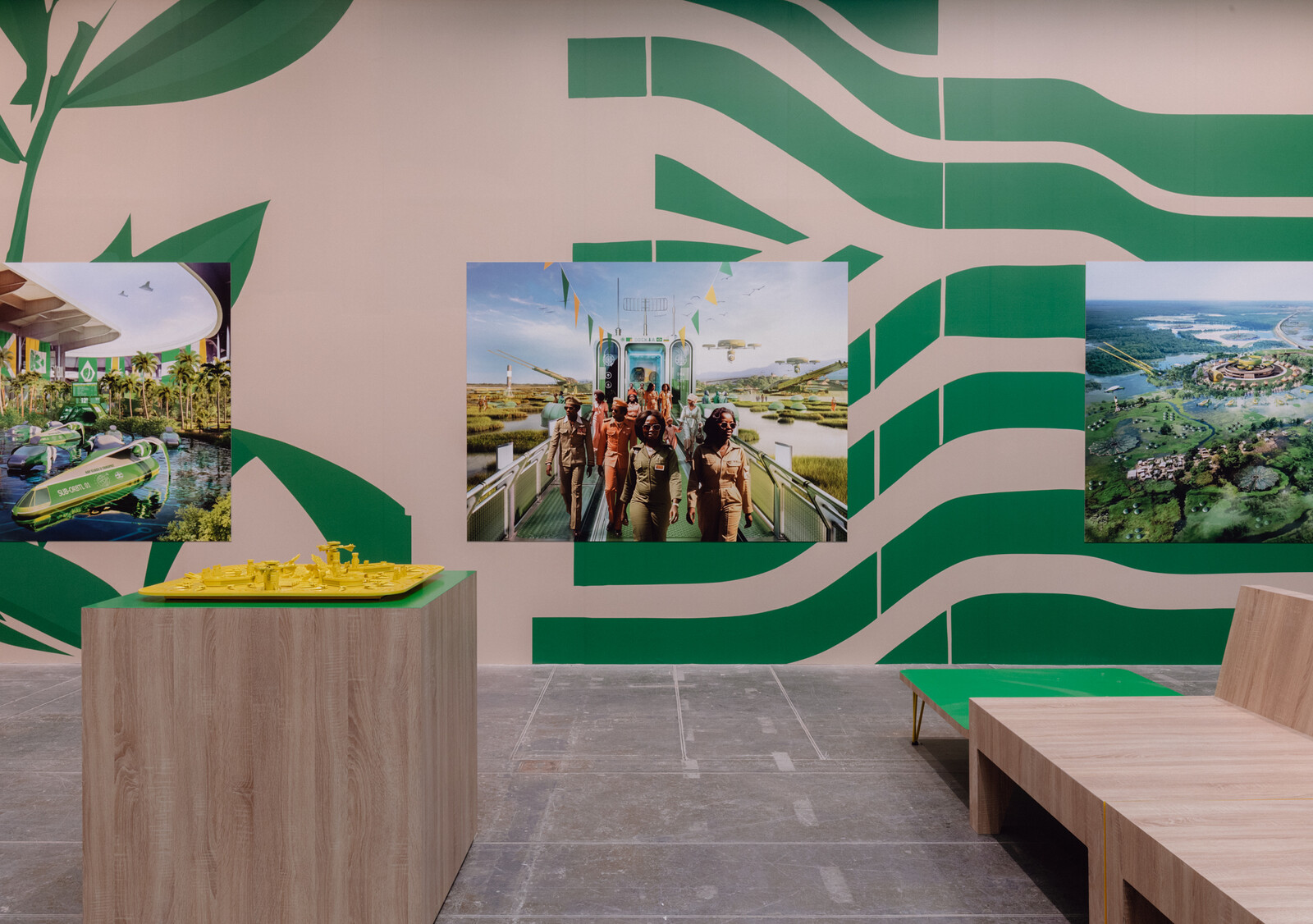


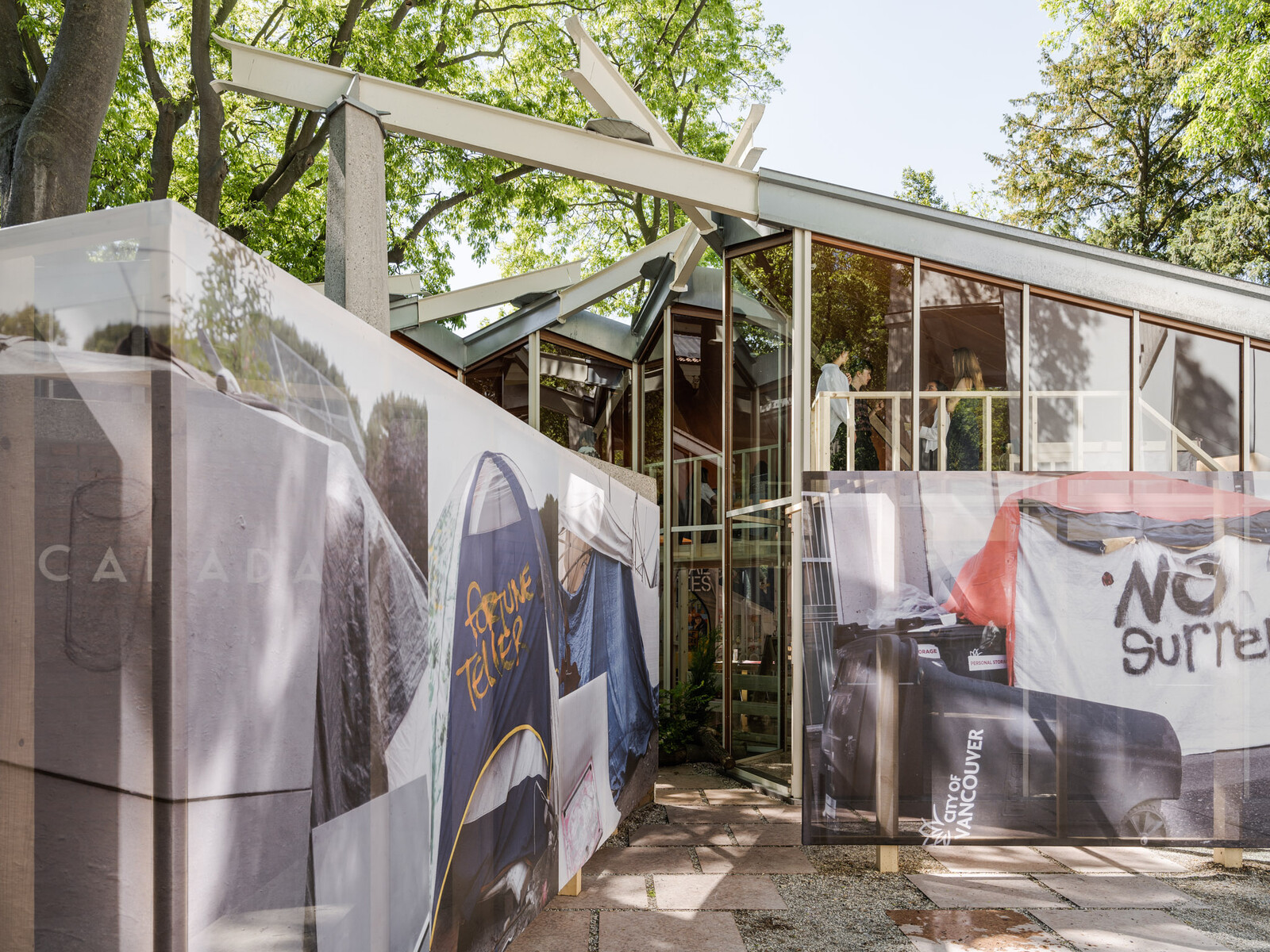
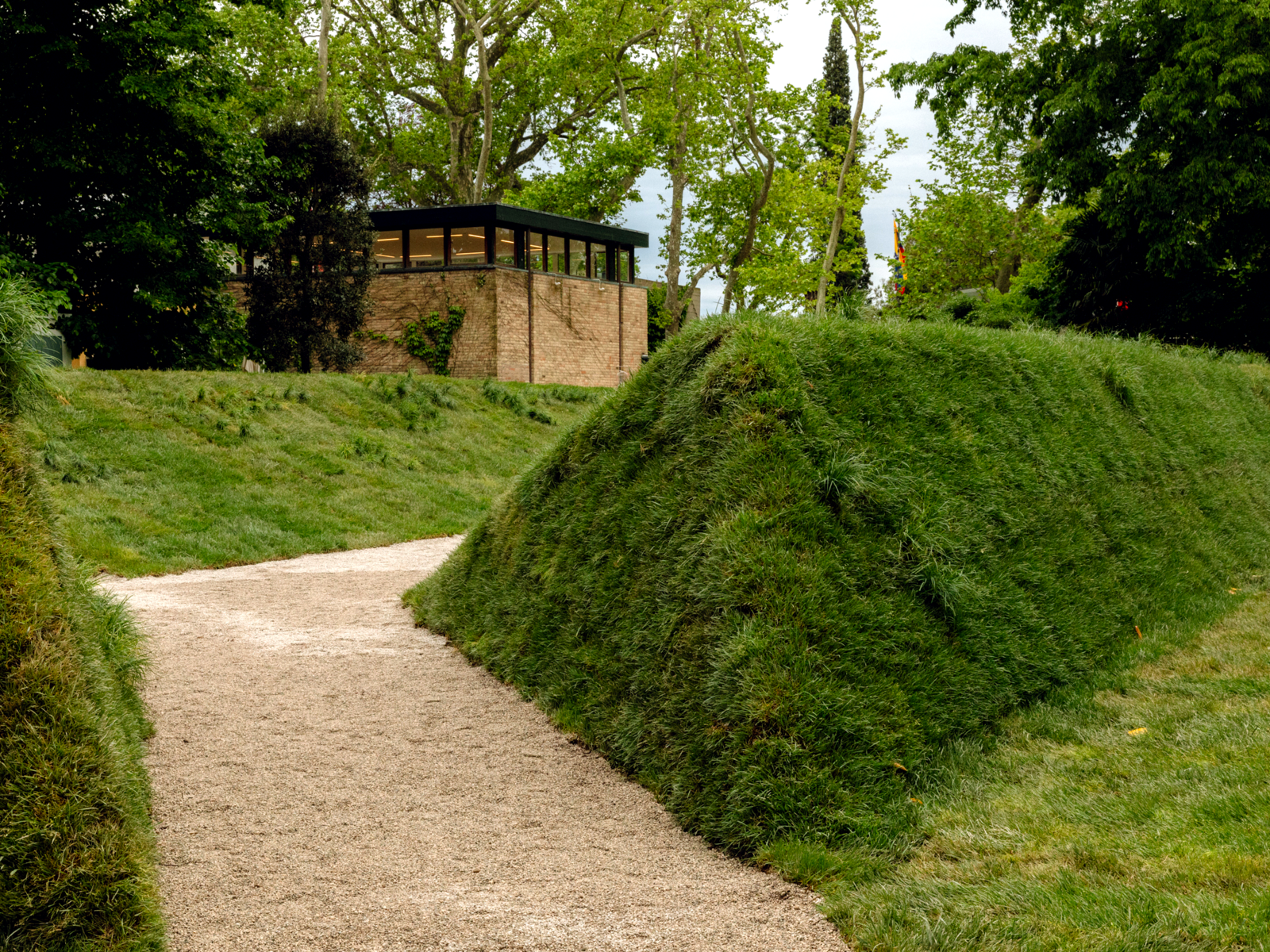
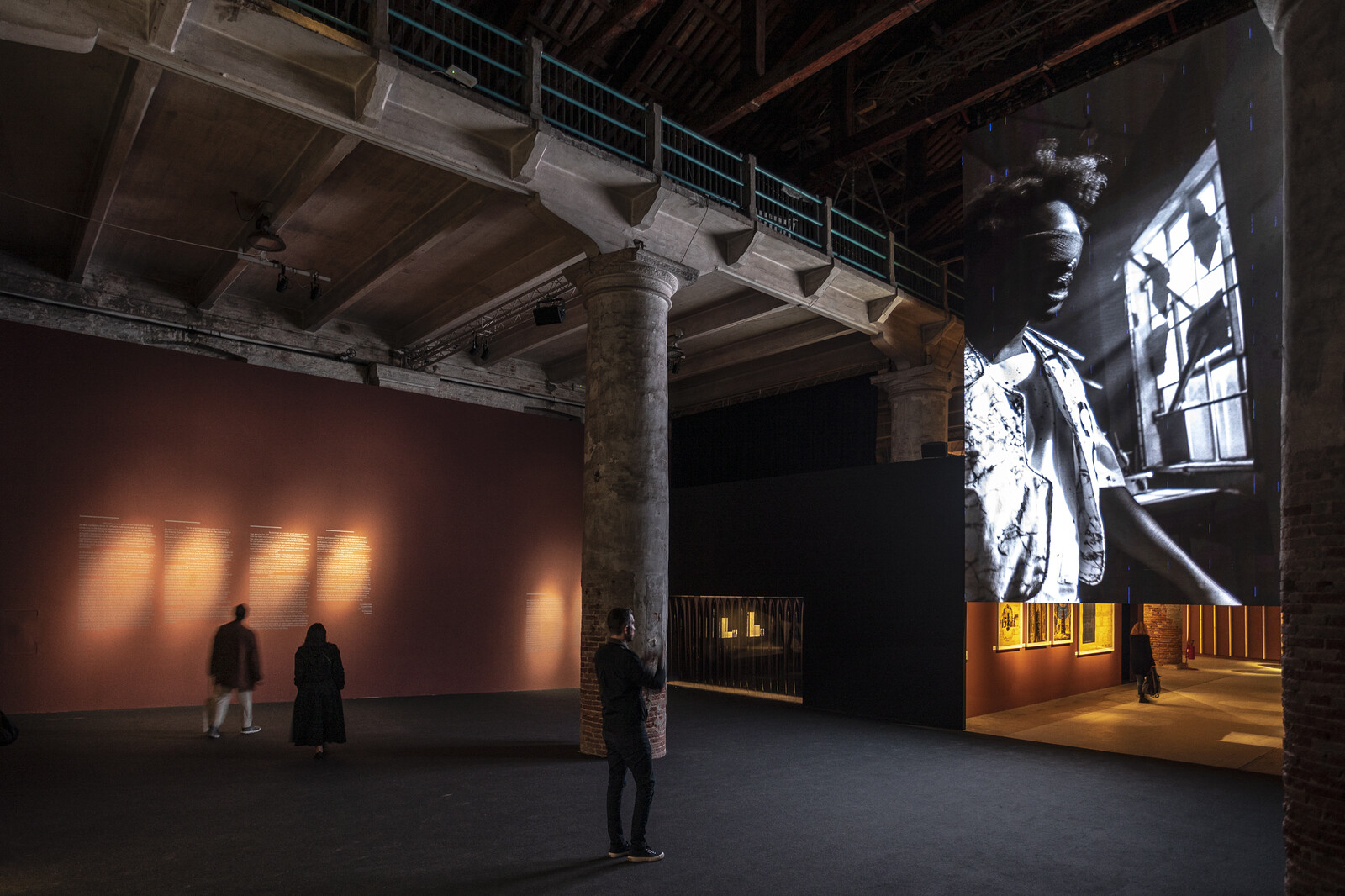
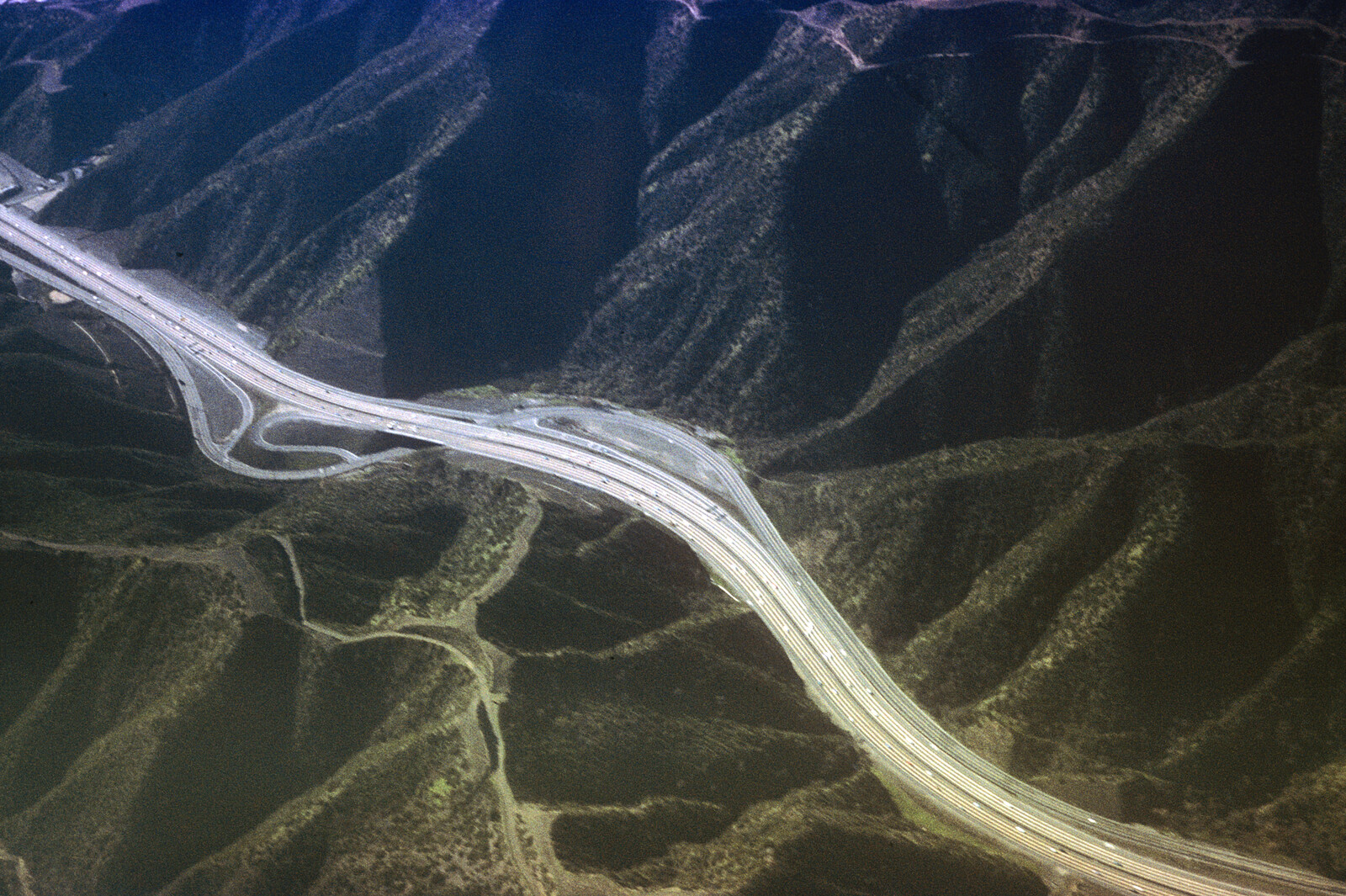
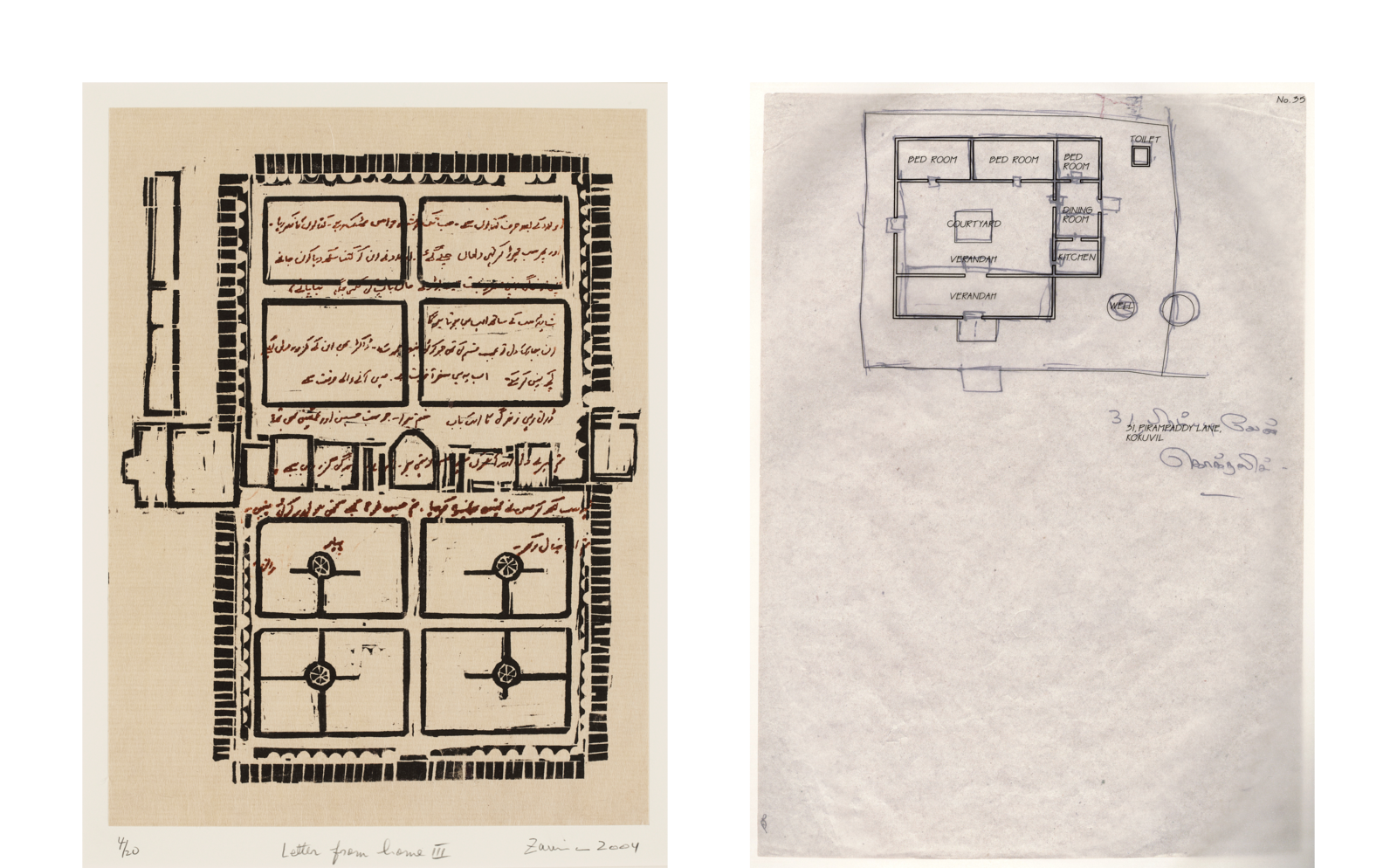

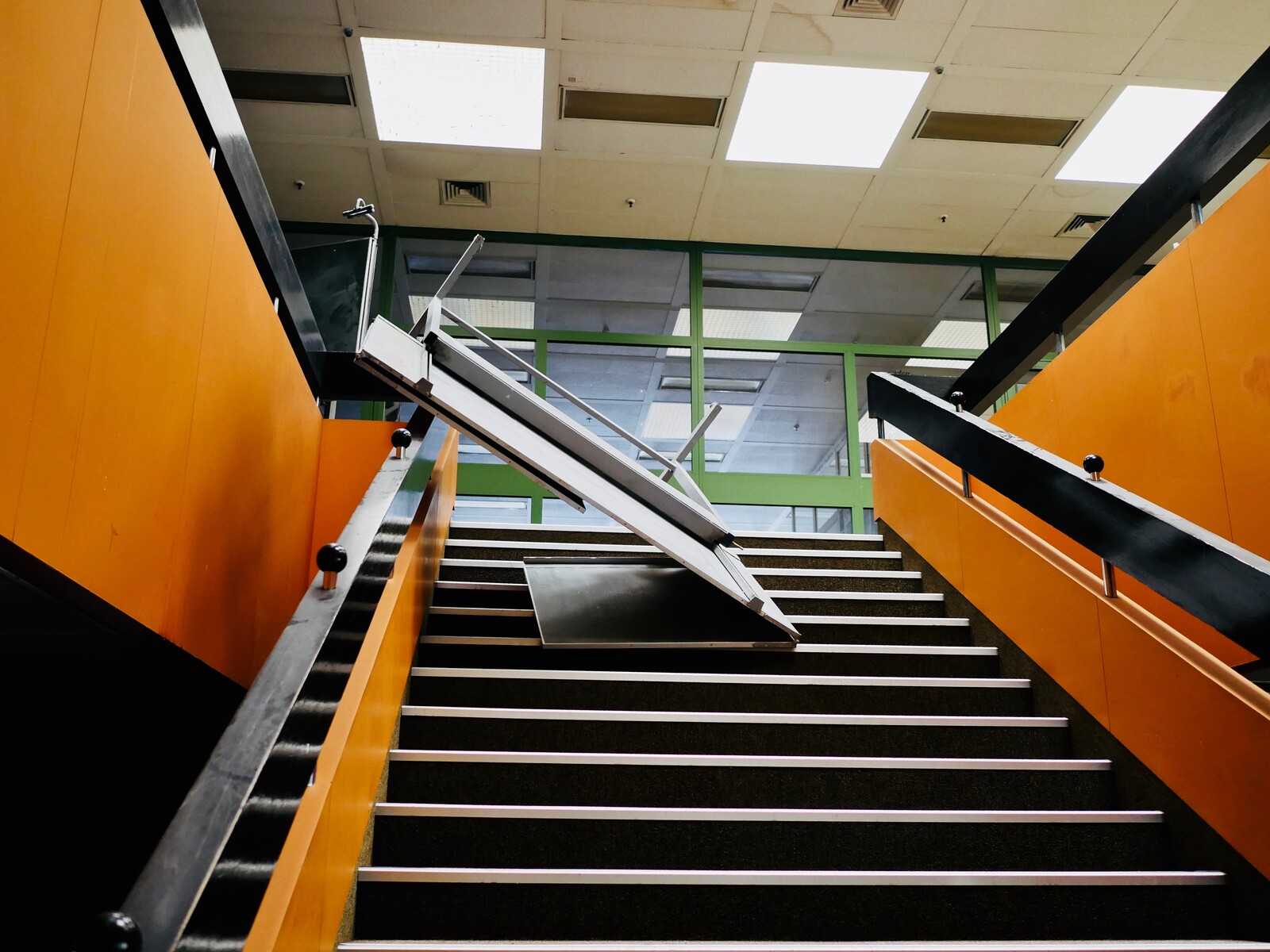
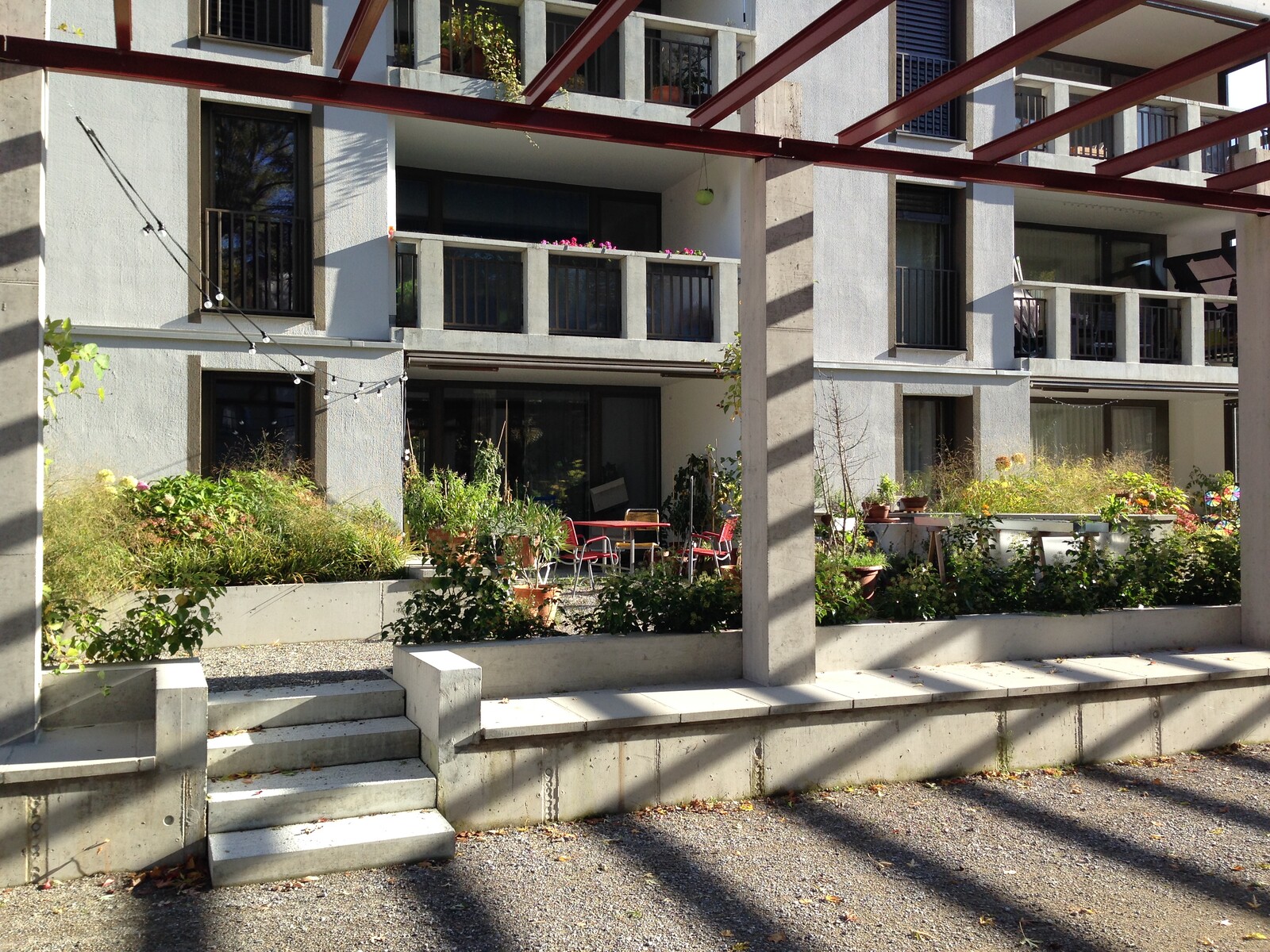

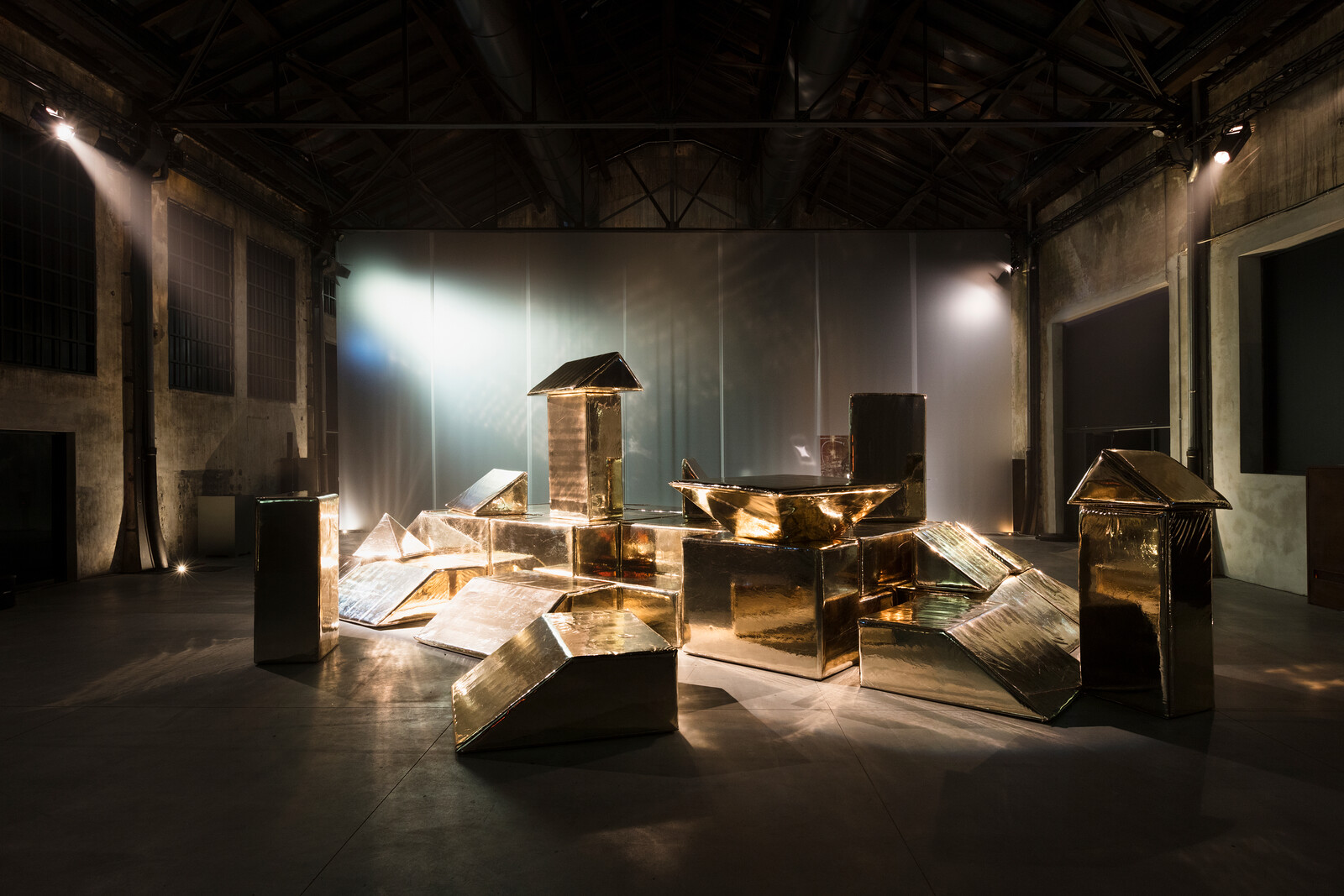
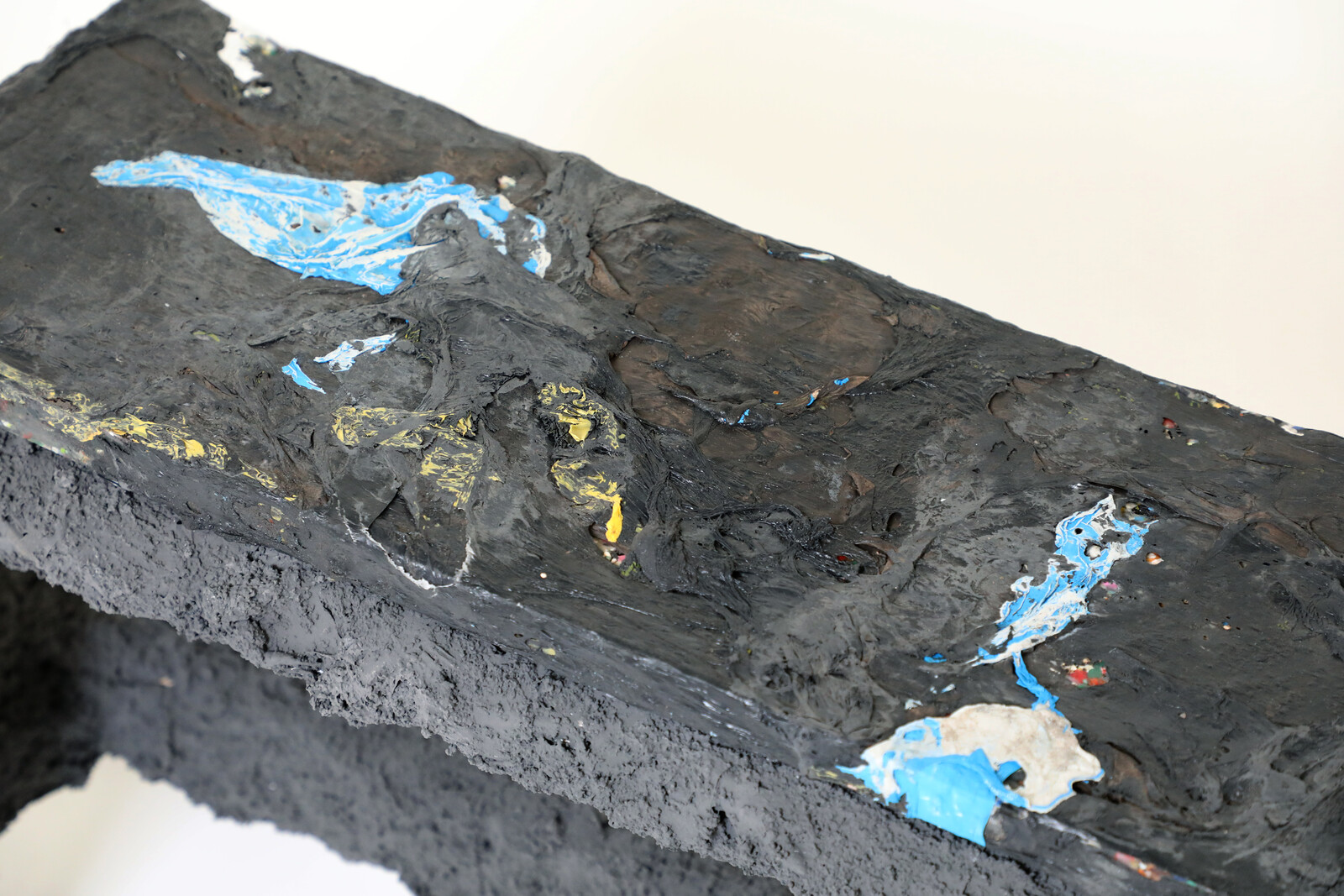
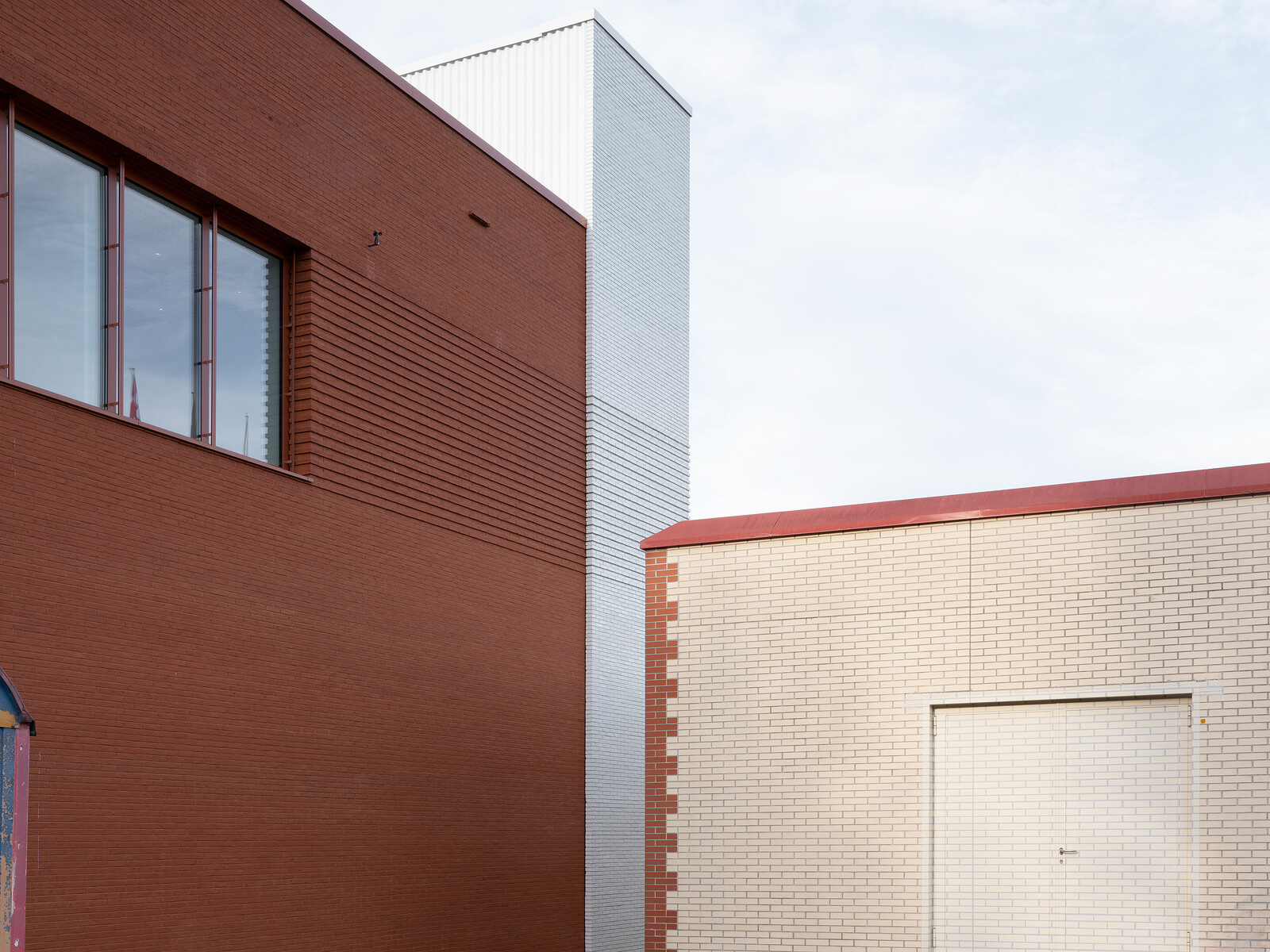
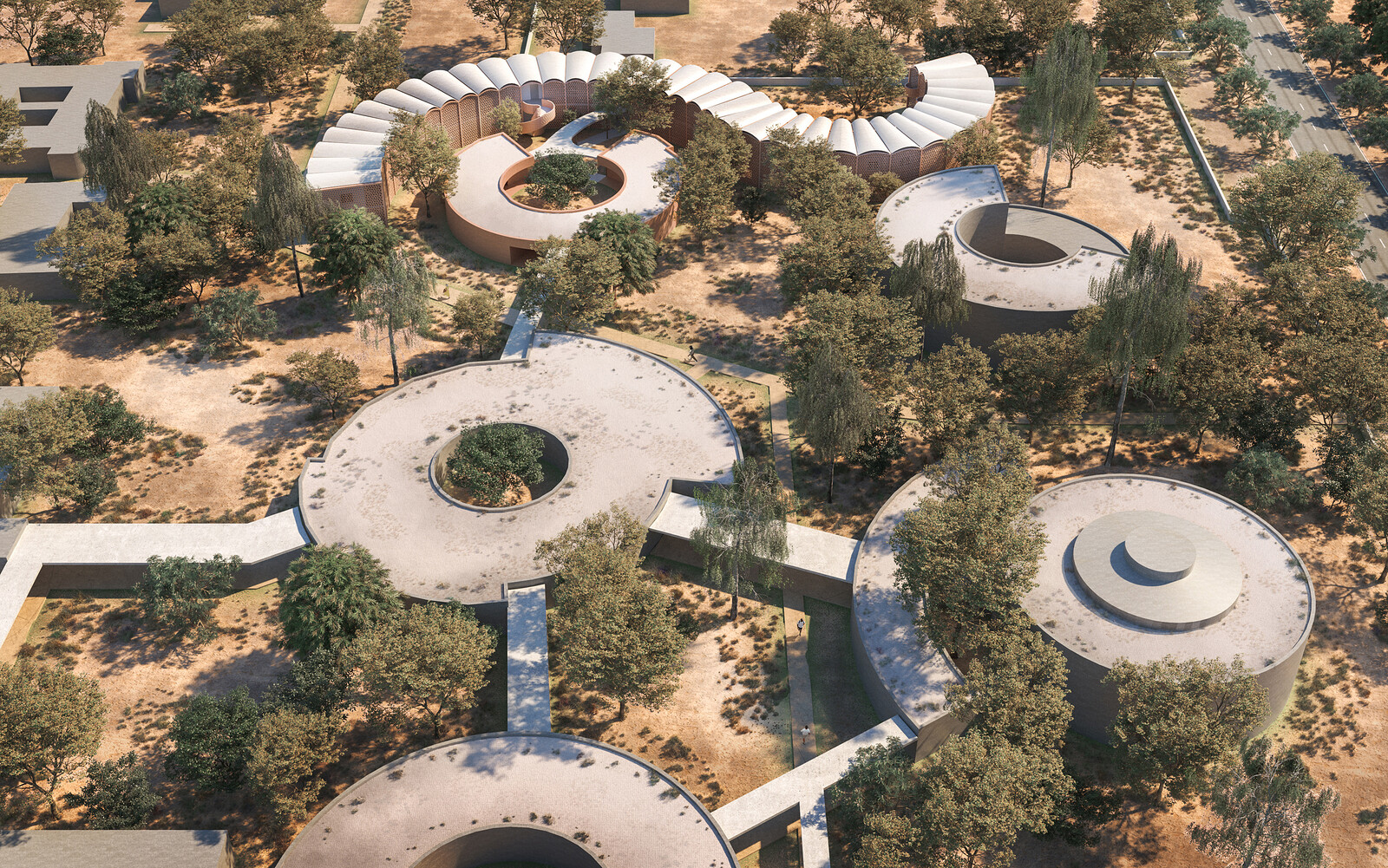



(2014).jpg,1600)

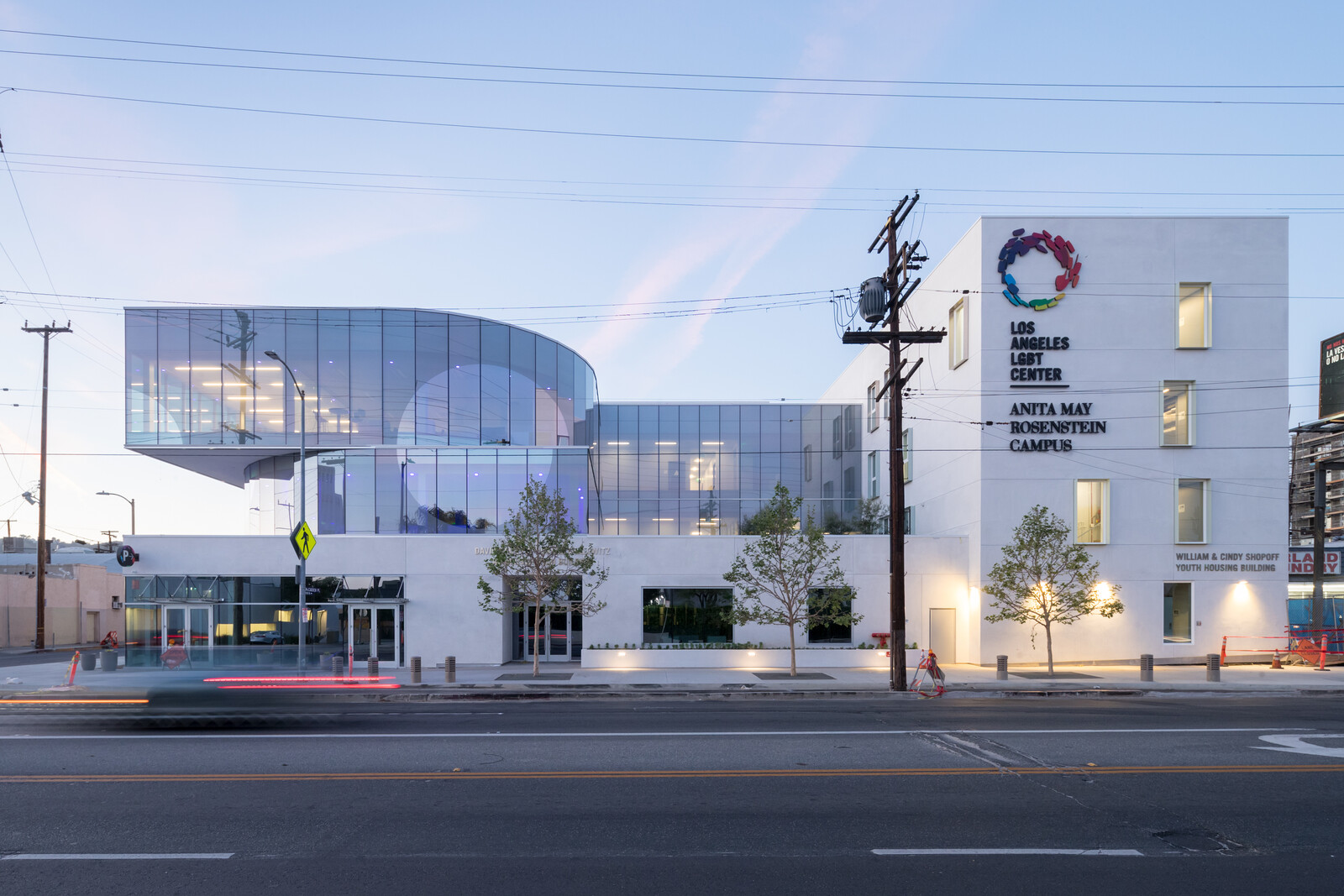
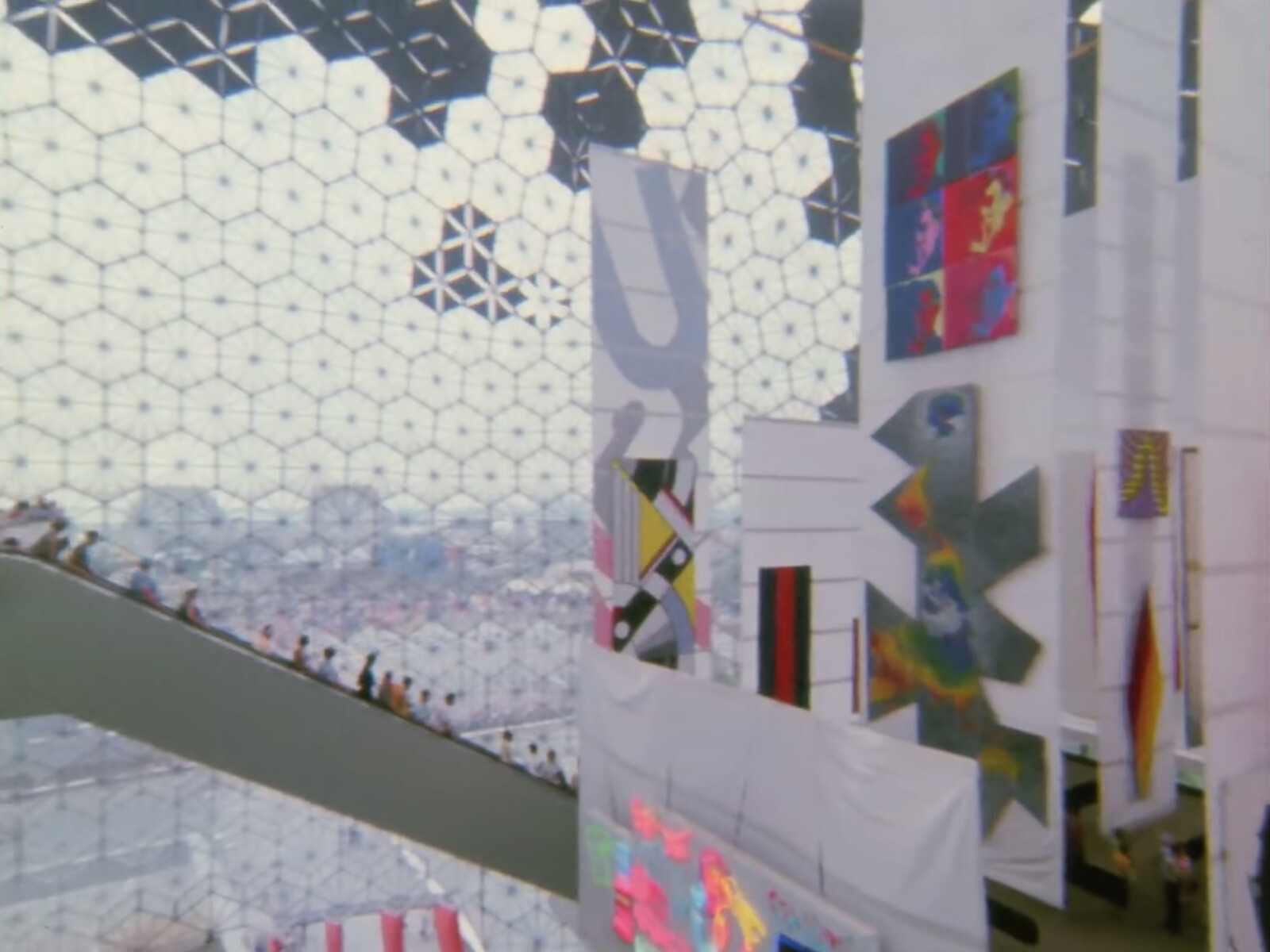


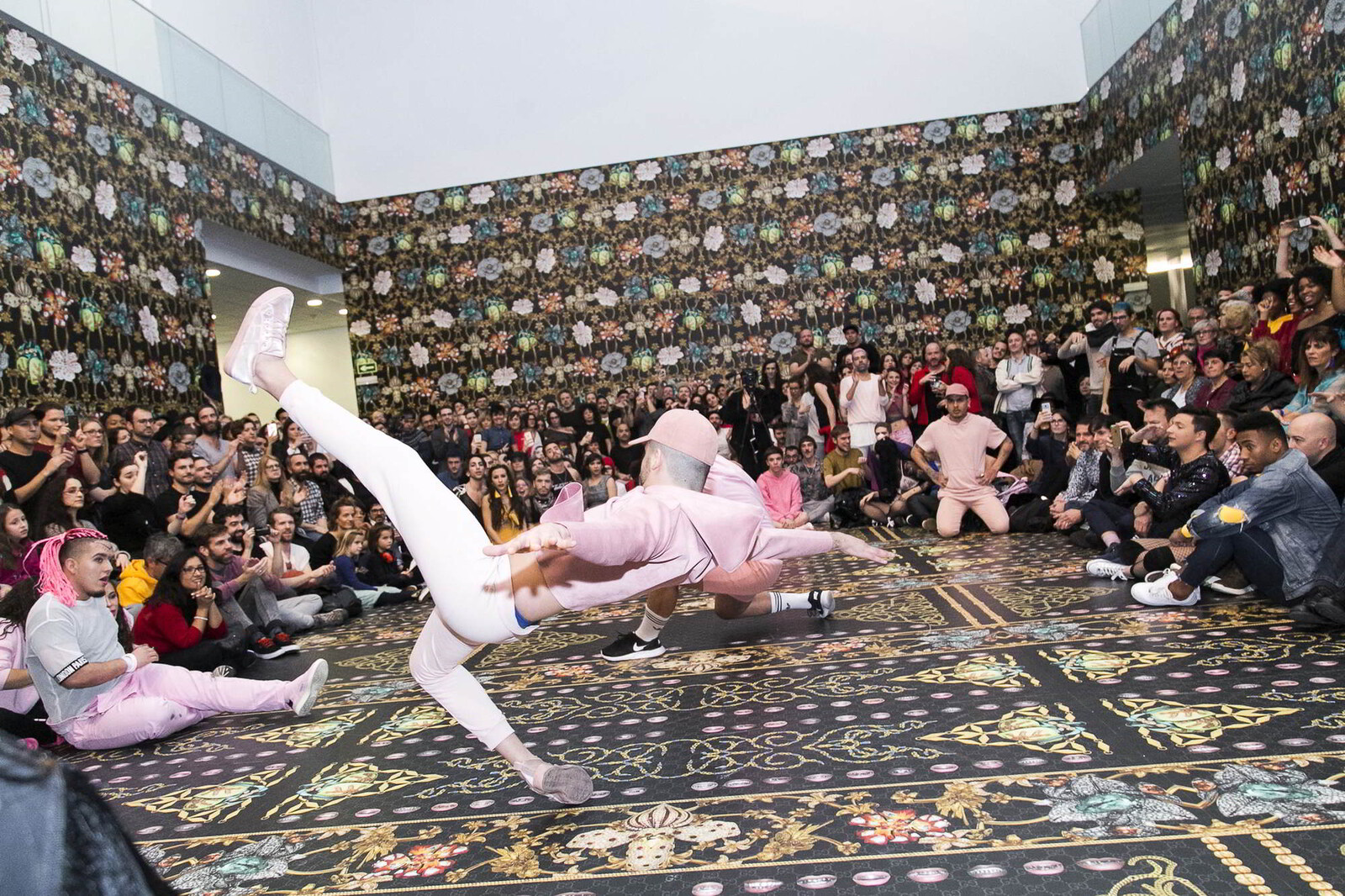
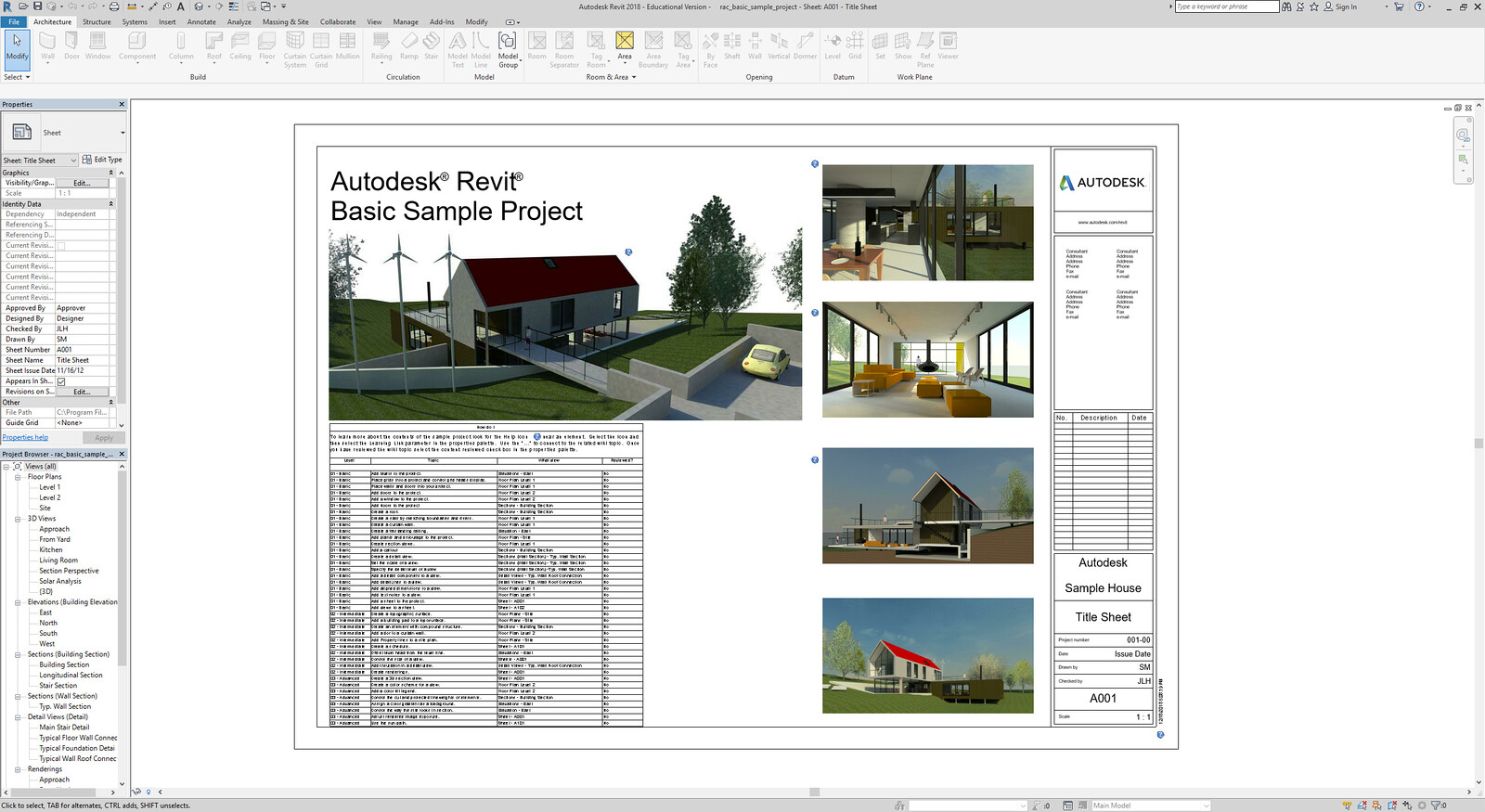



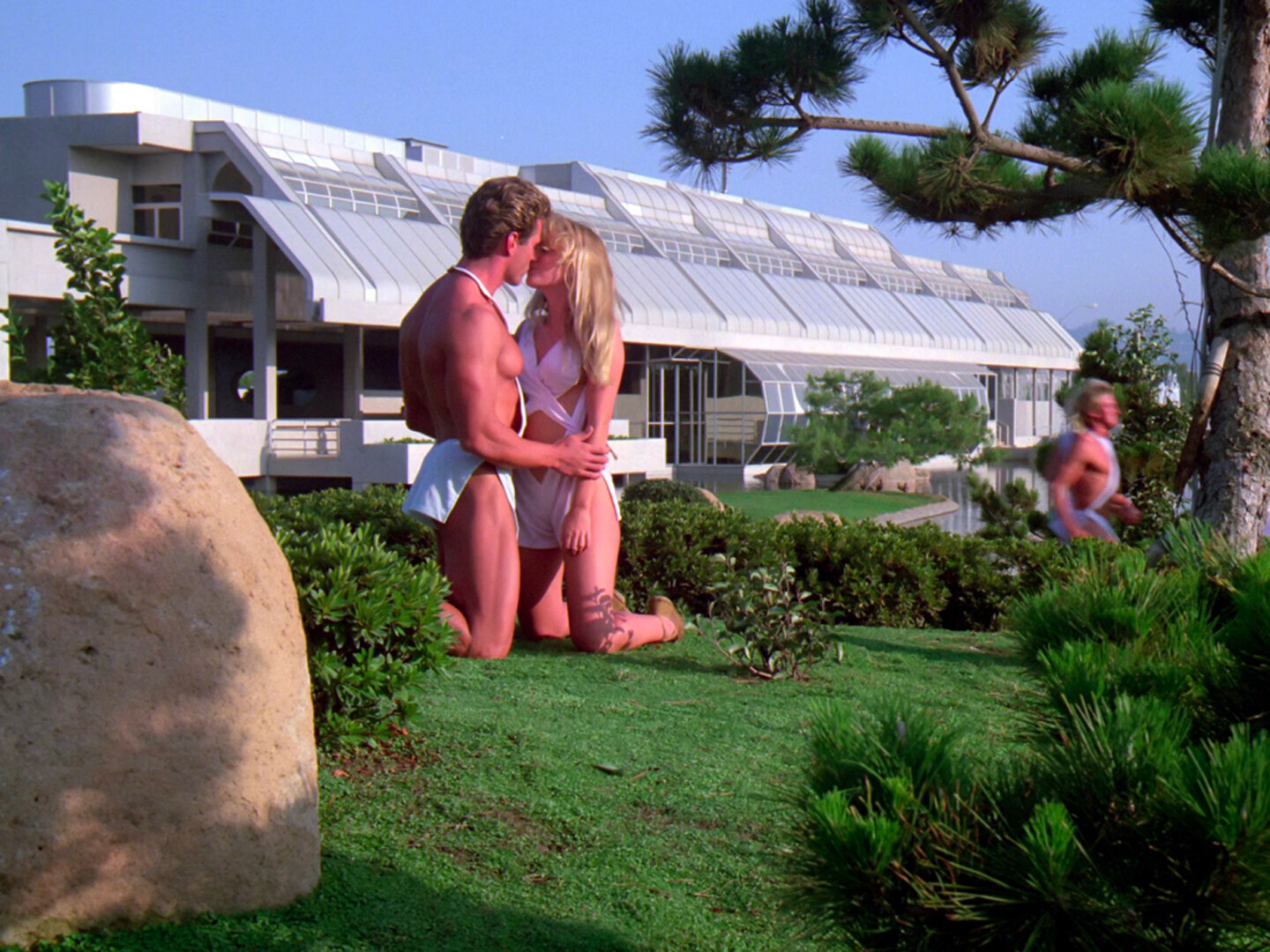
,-2003,-srgb.jpg,1600)
